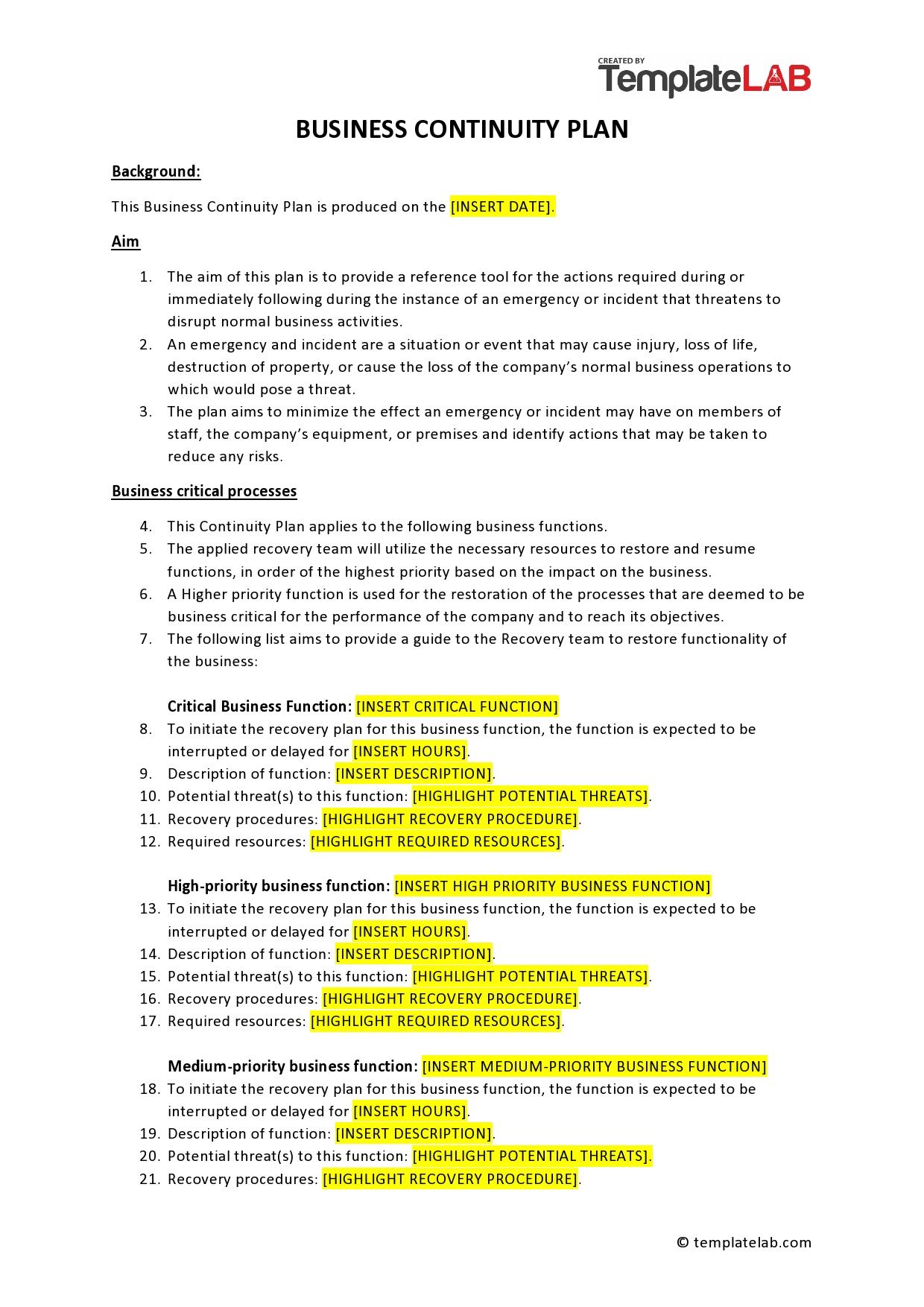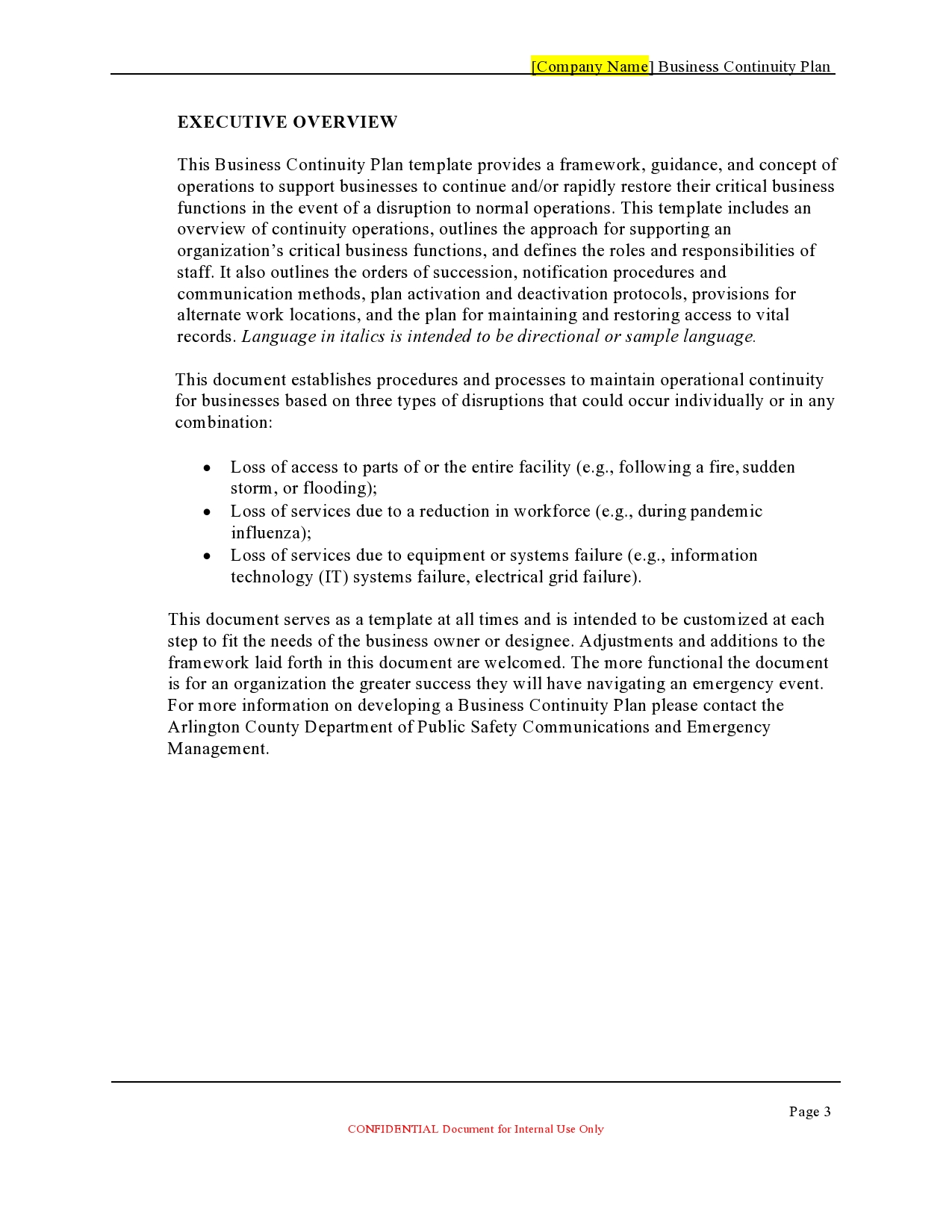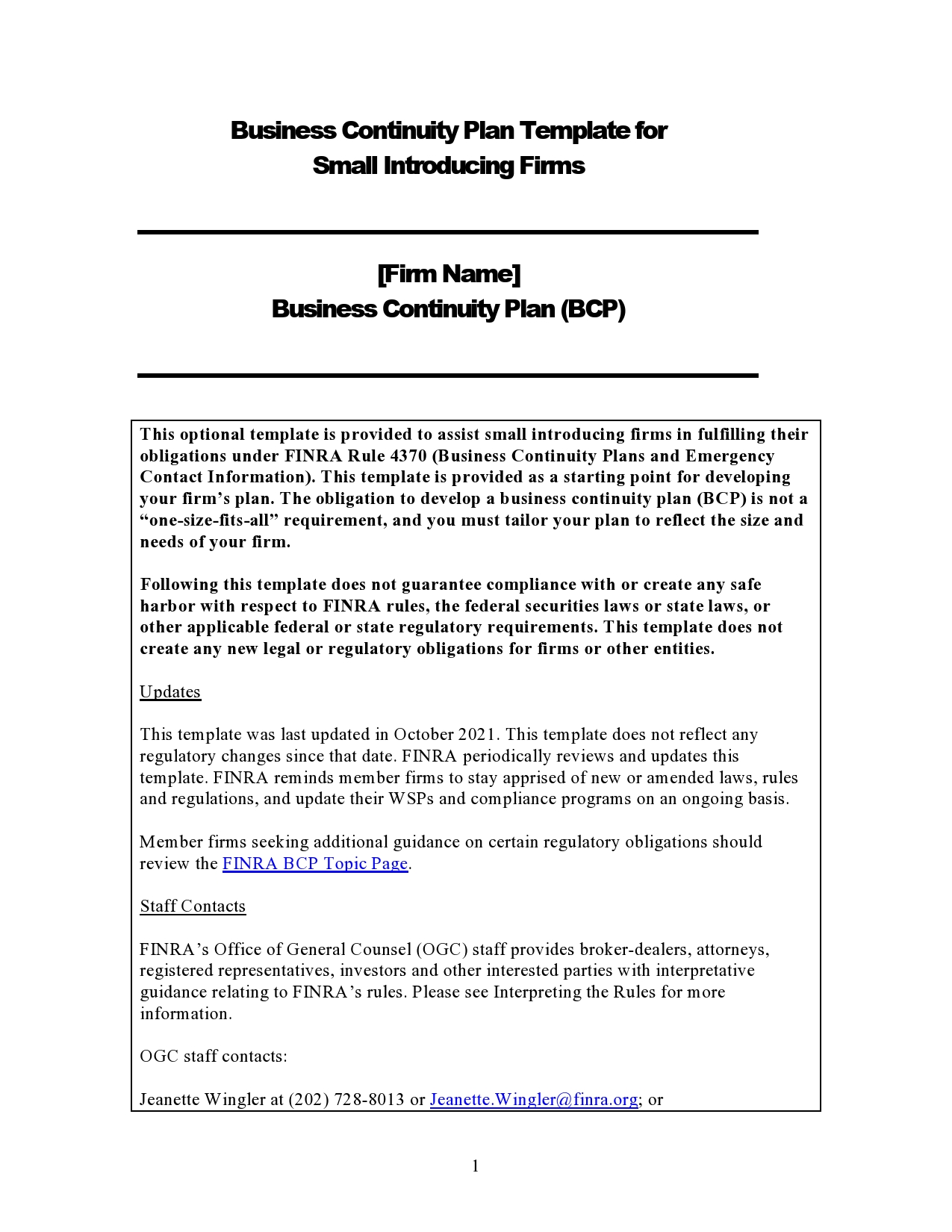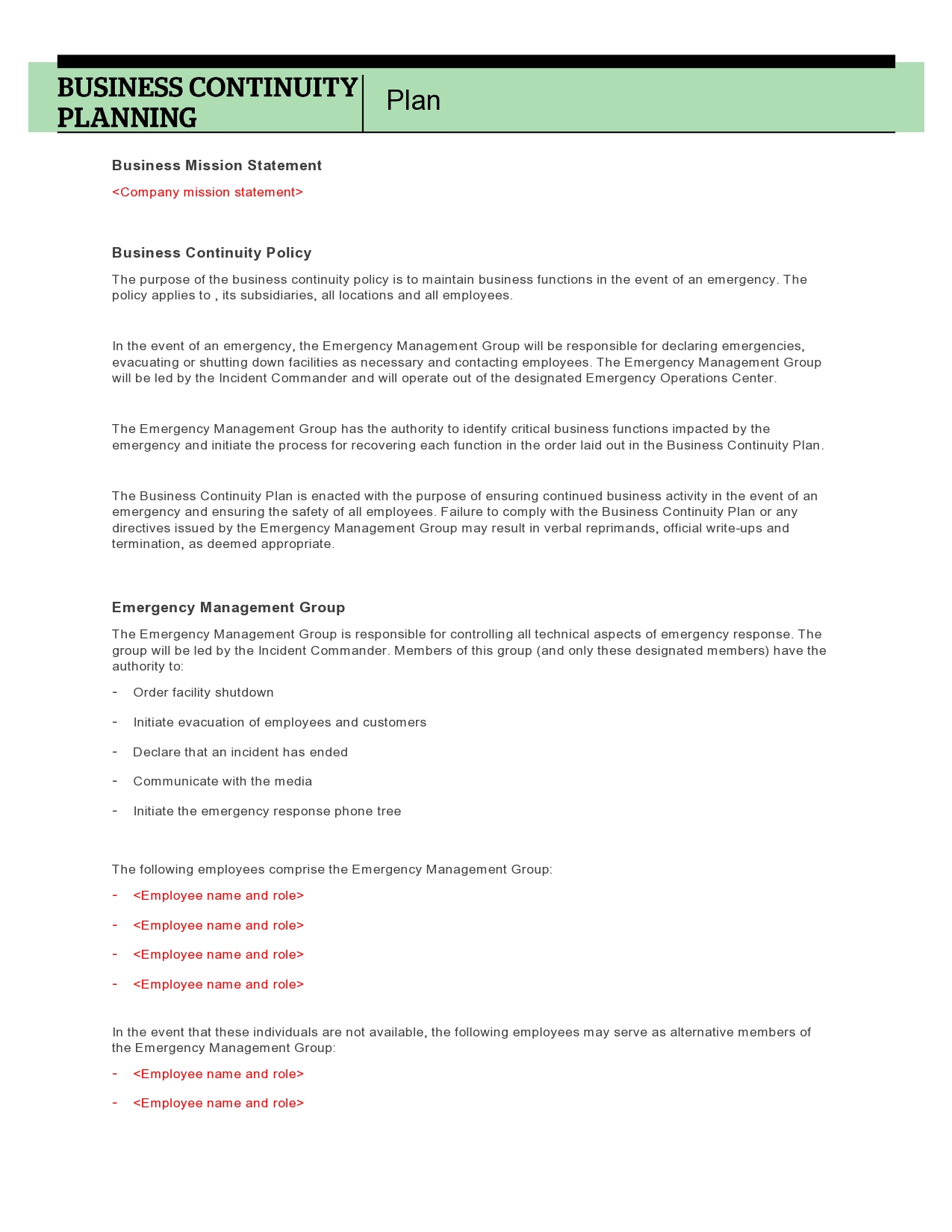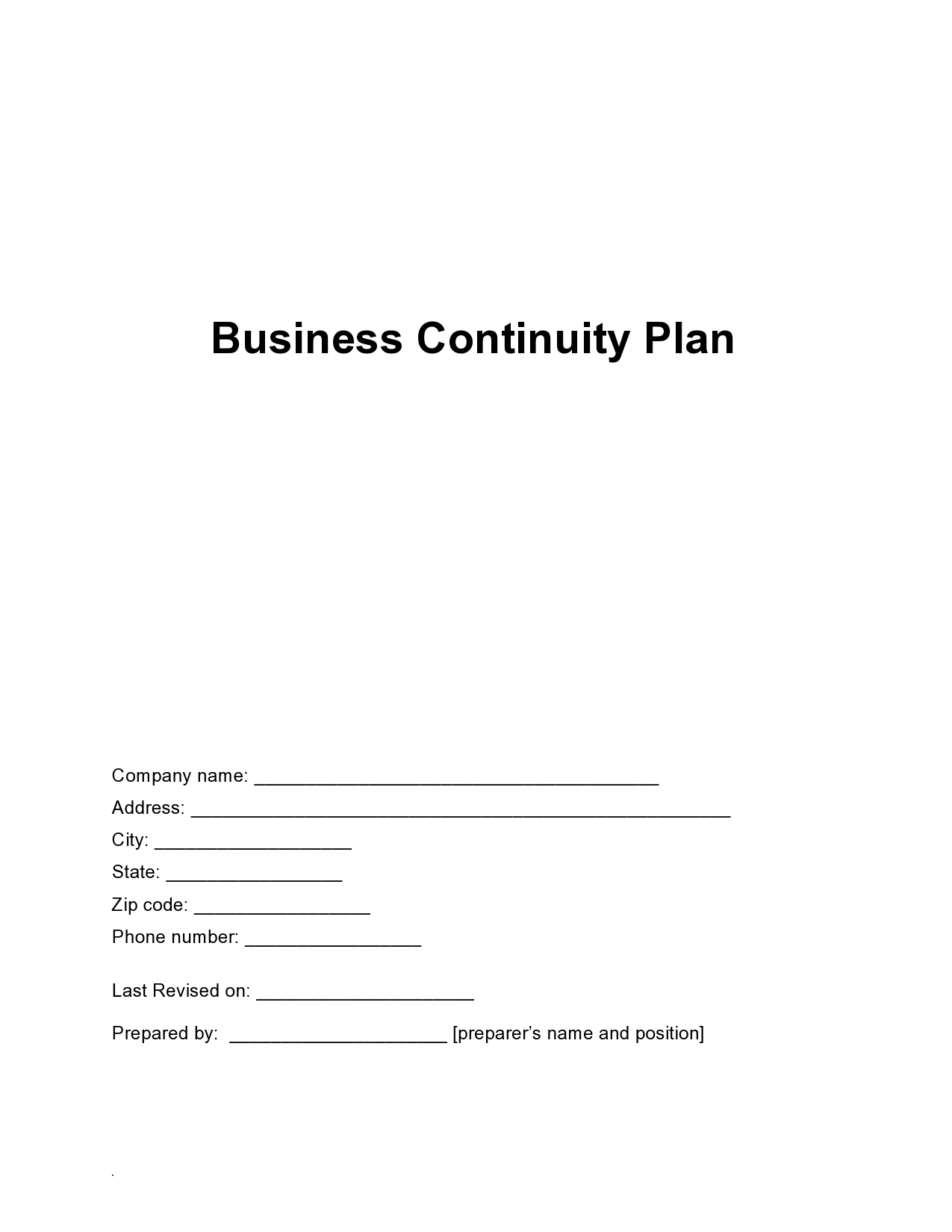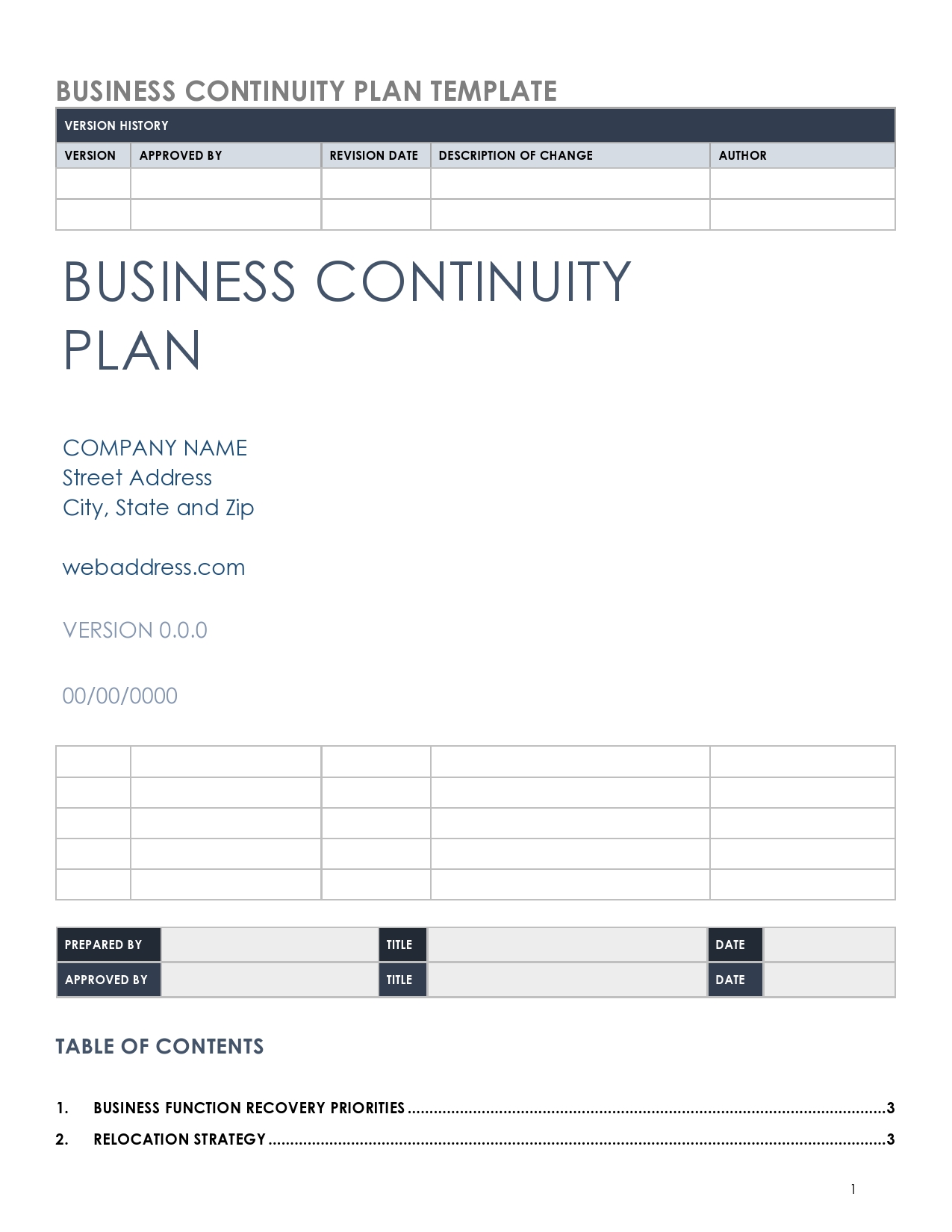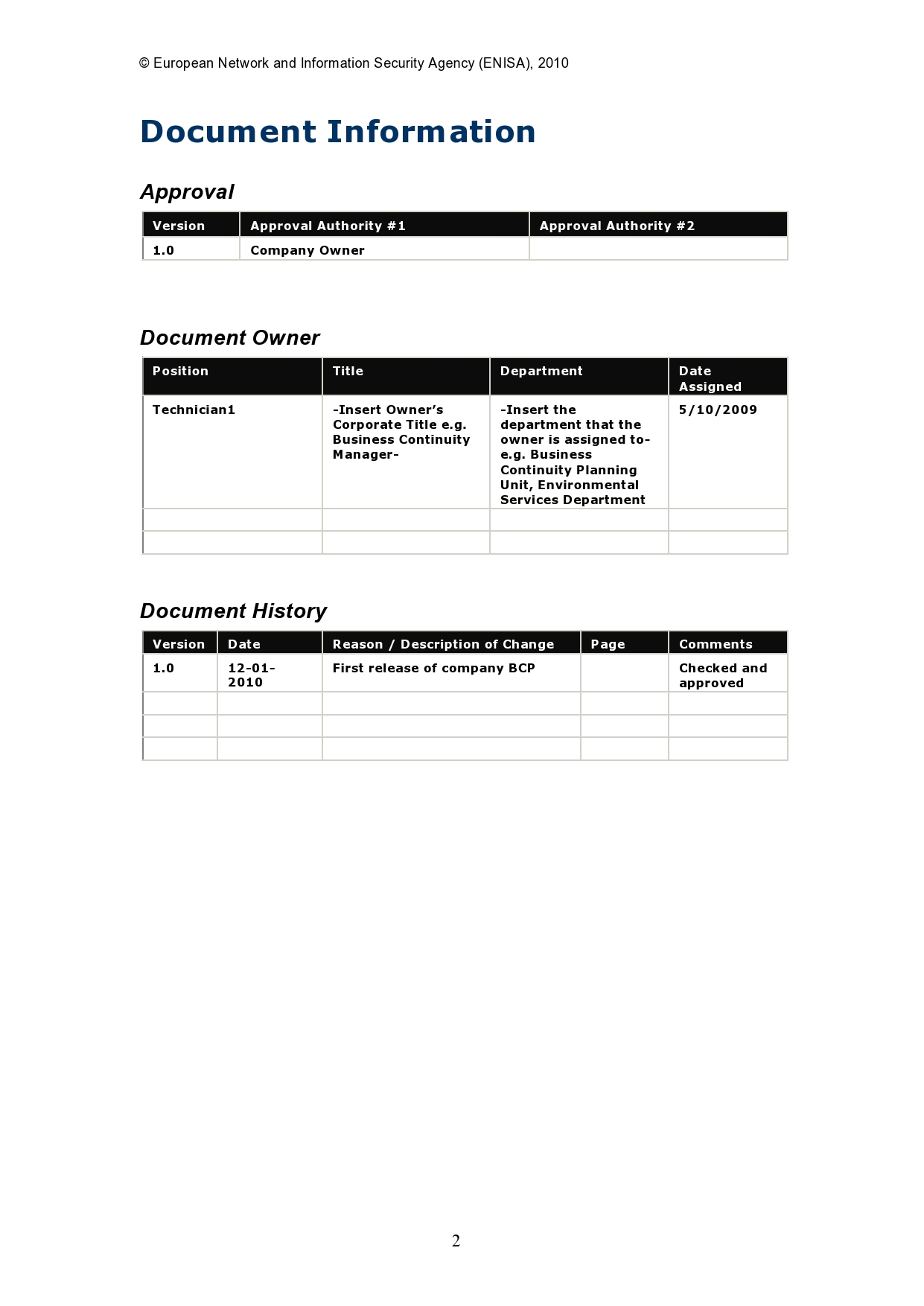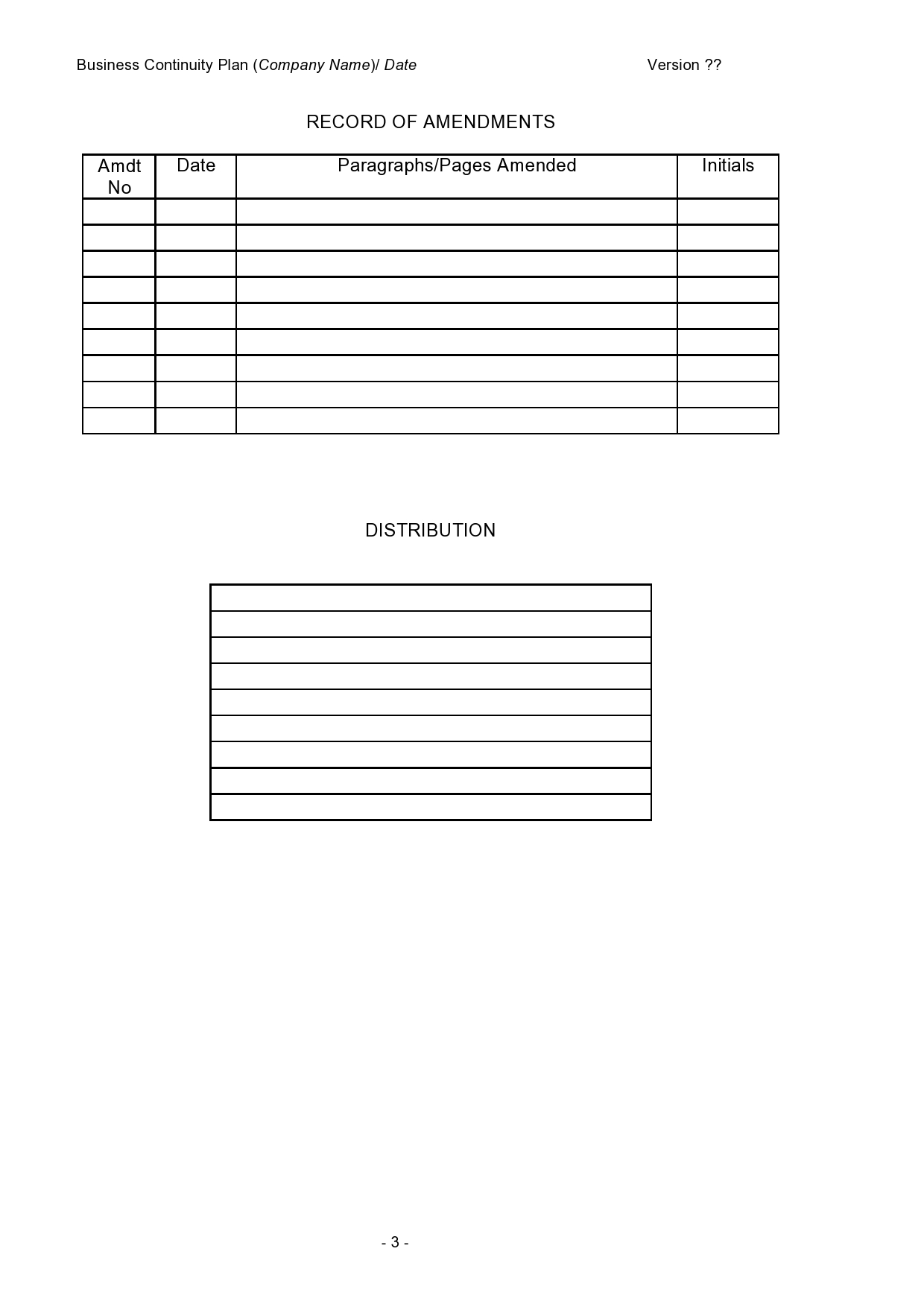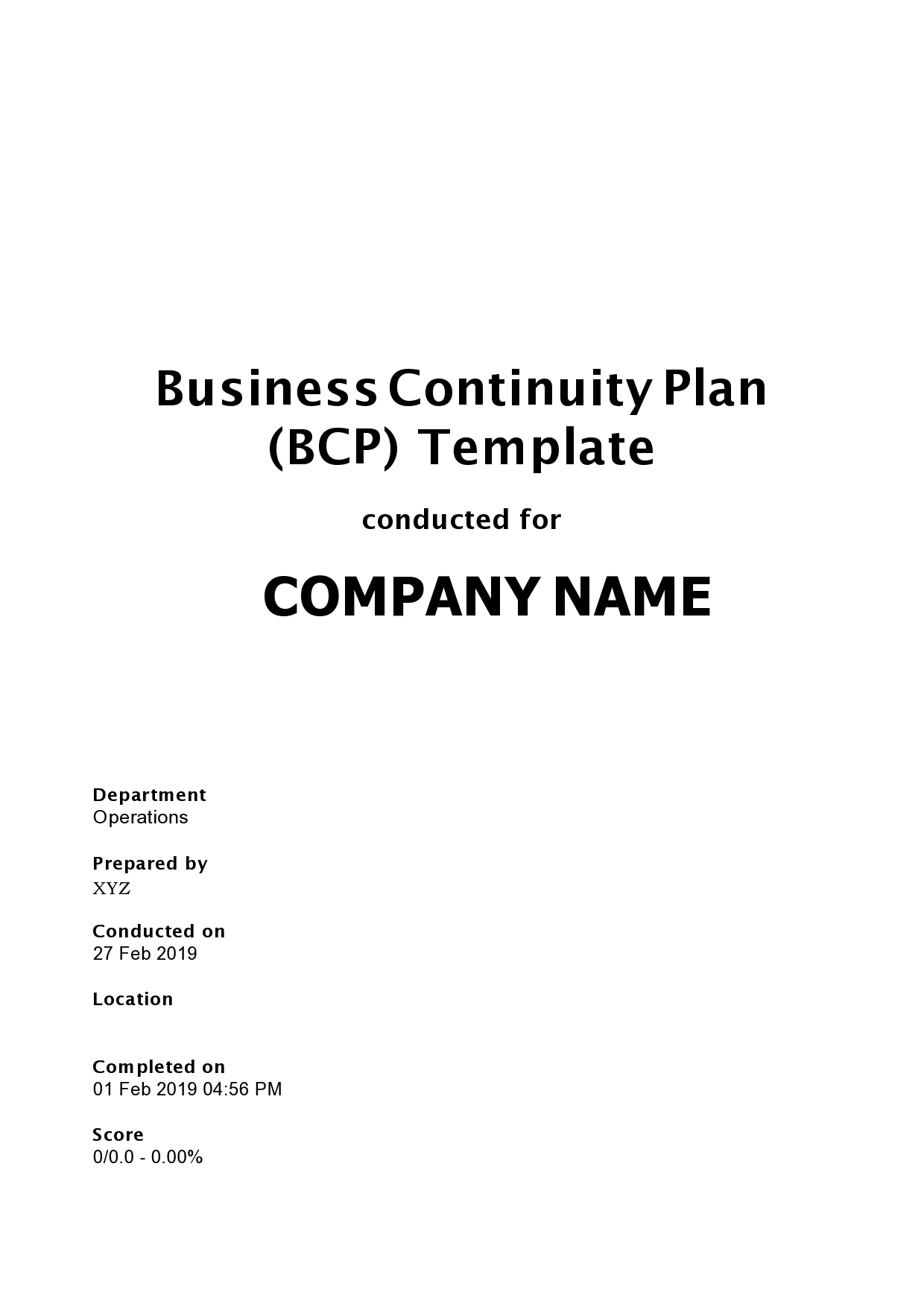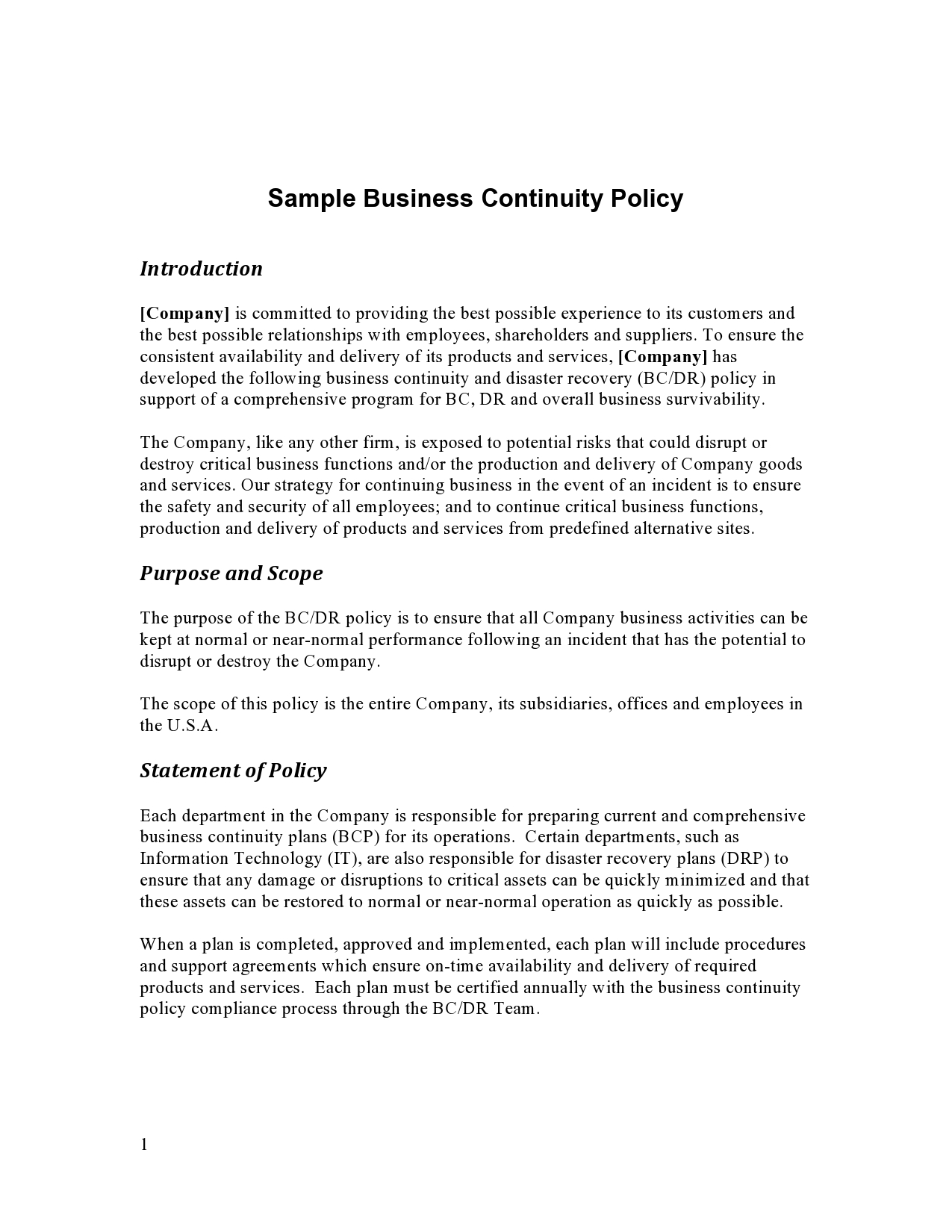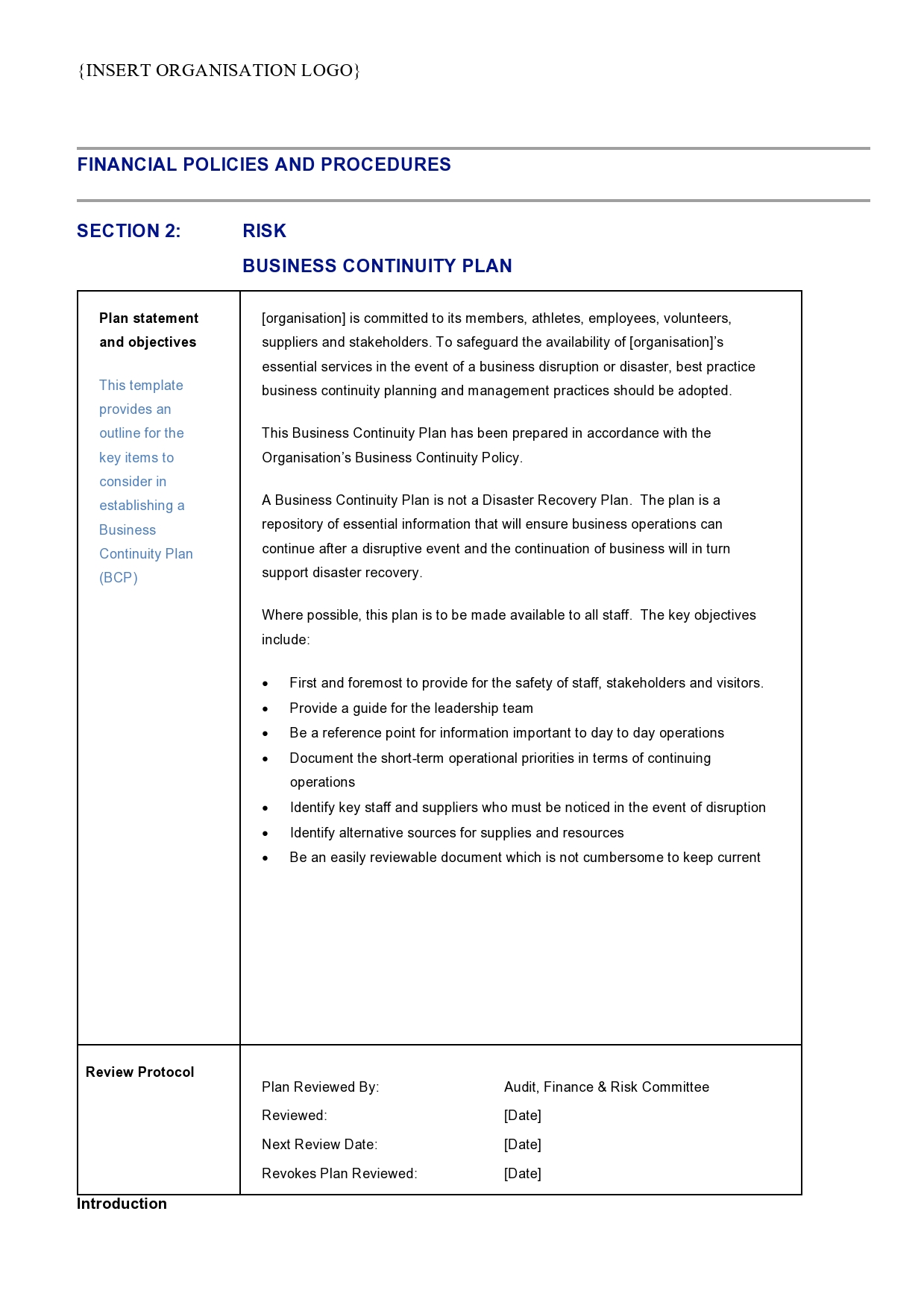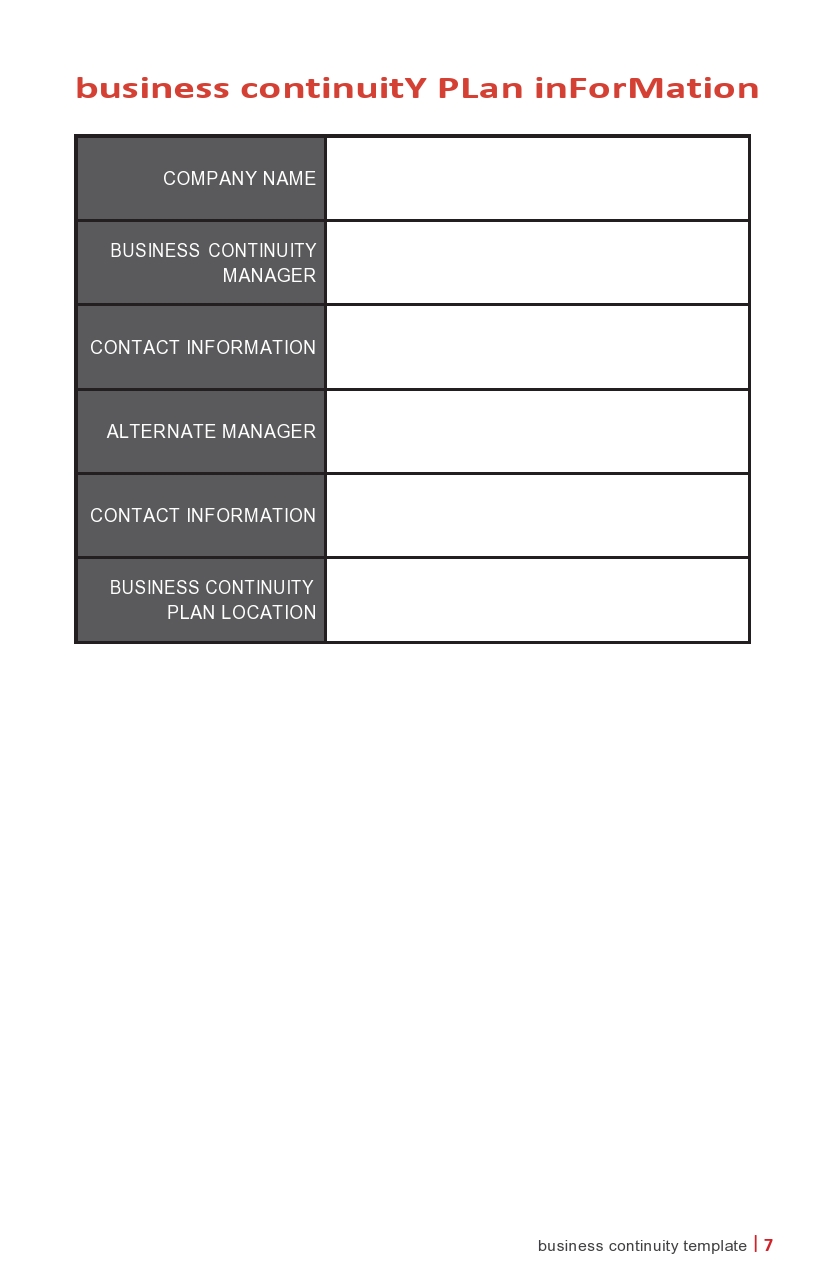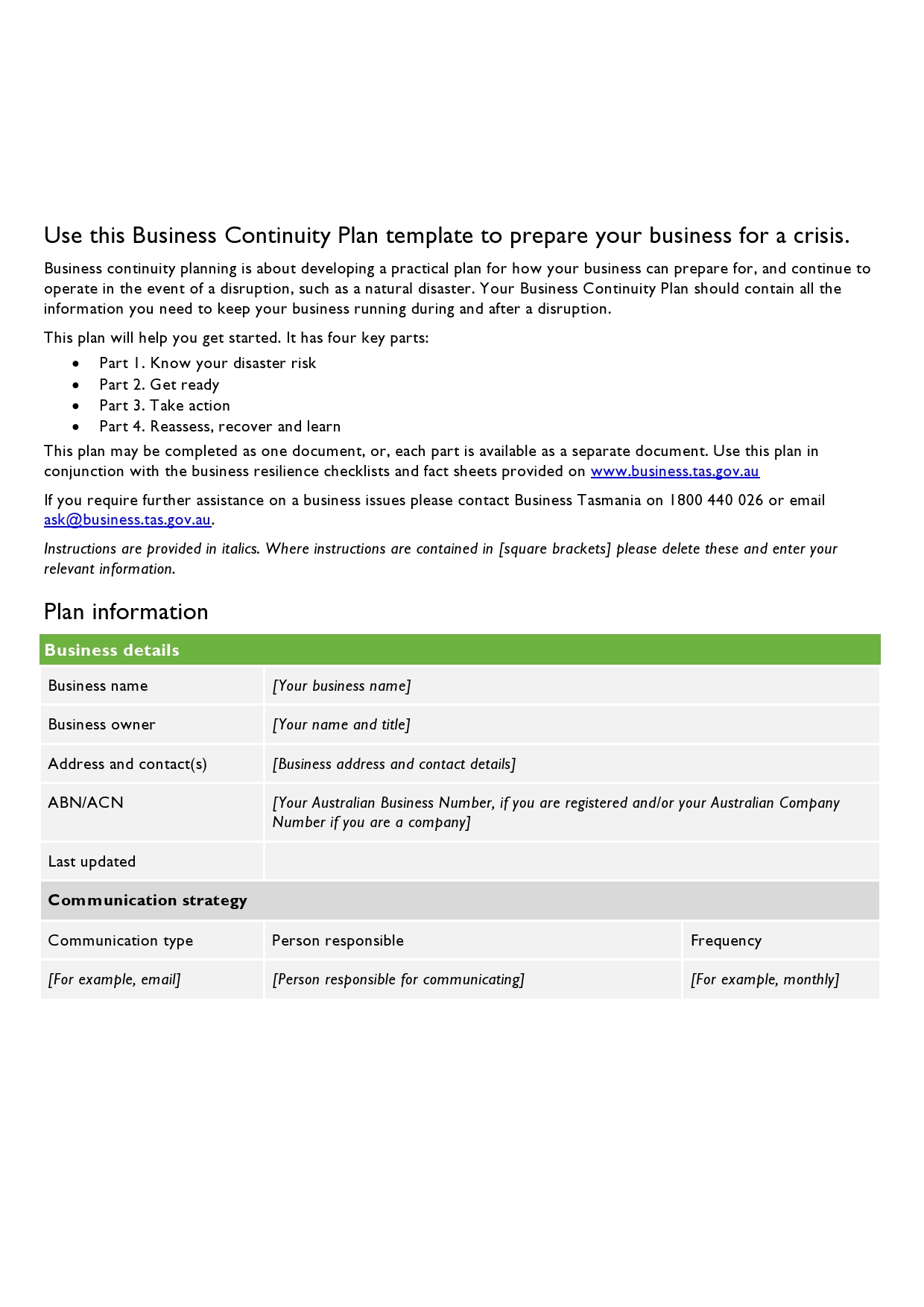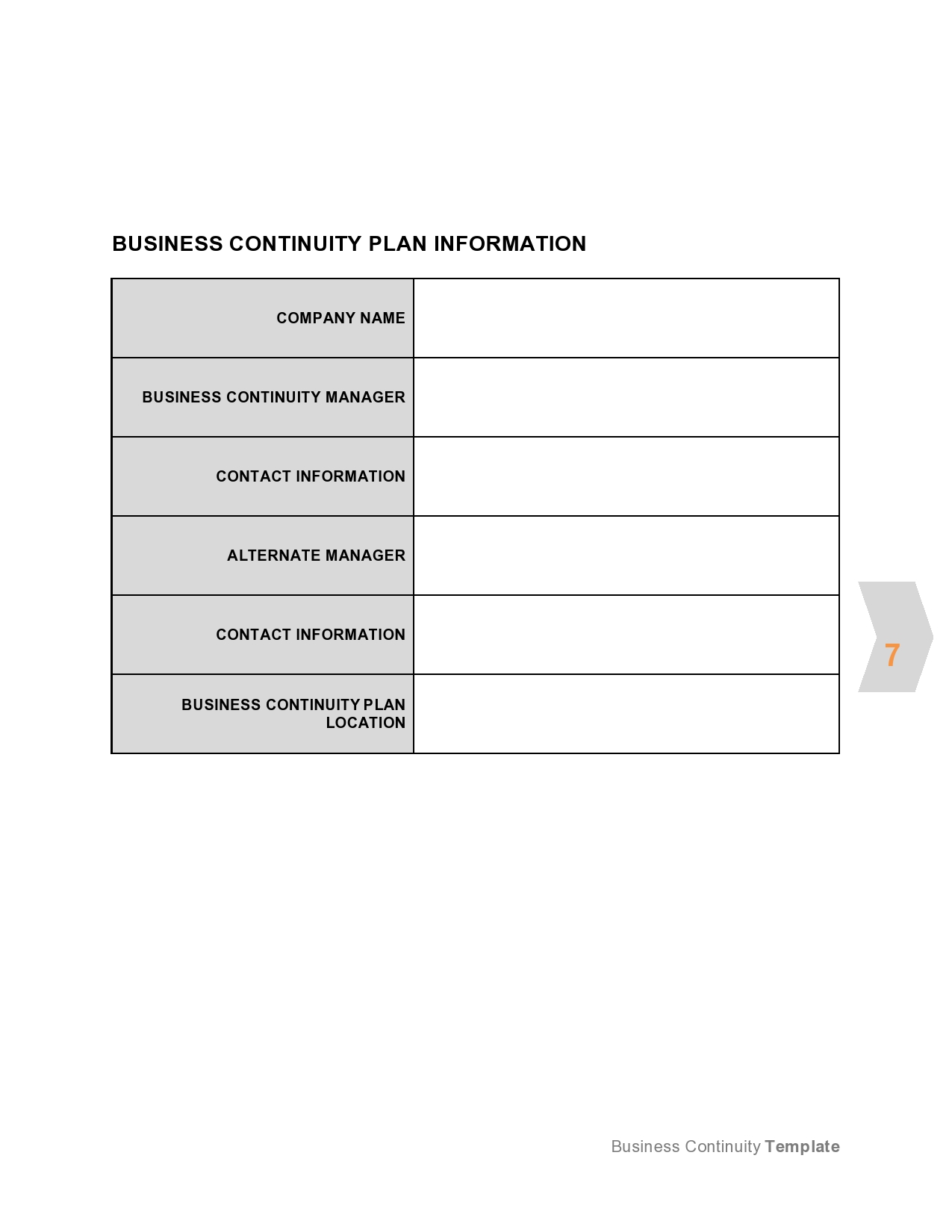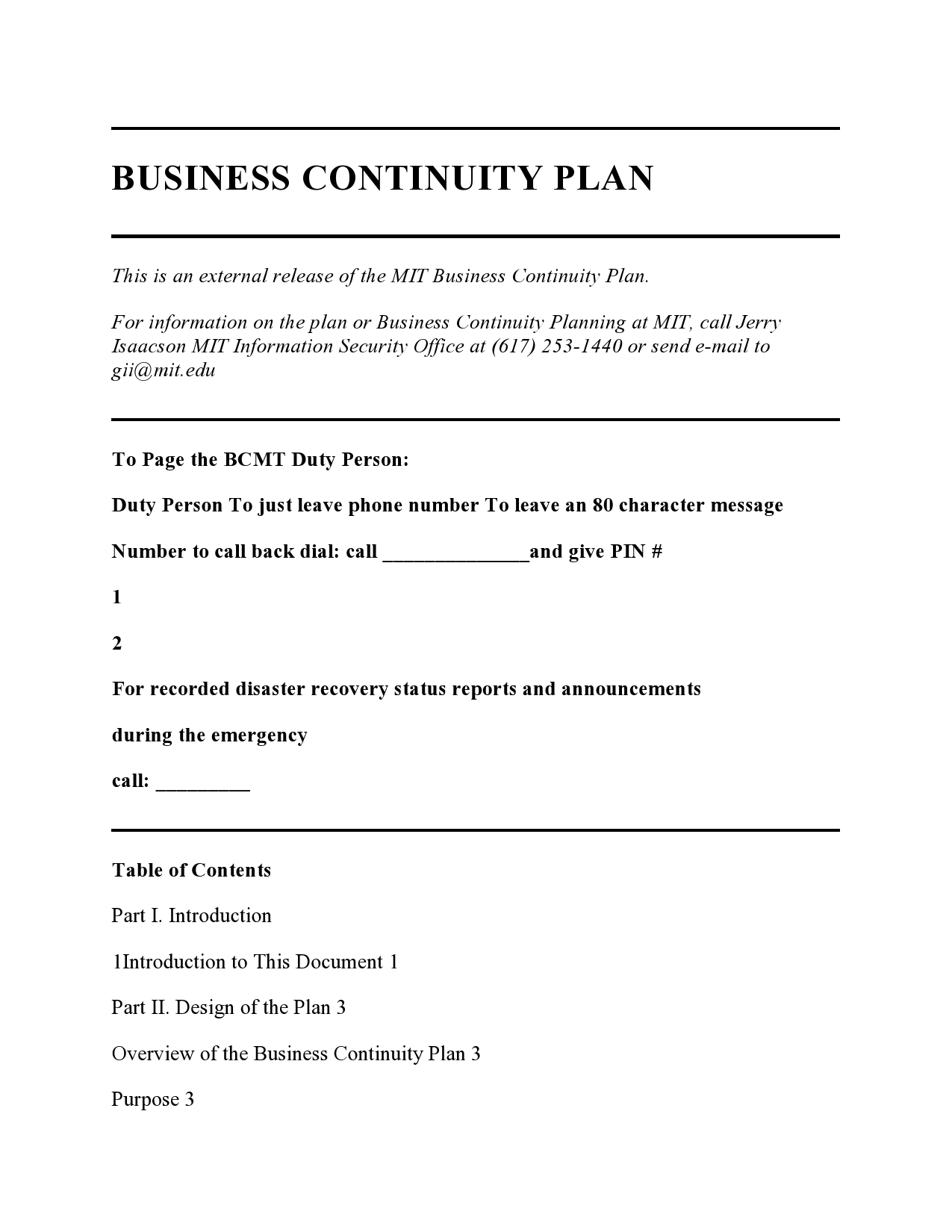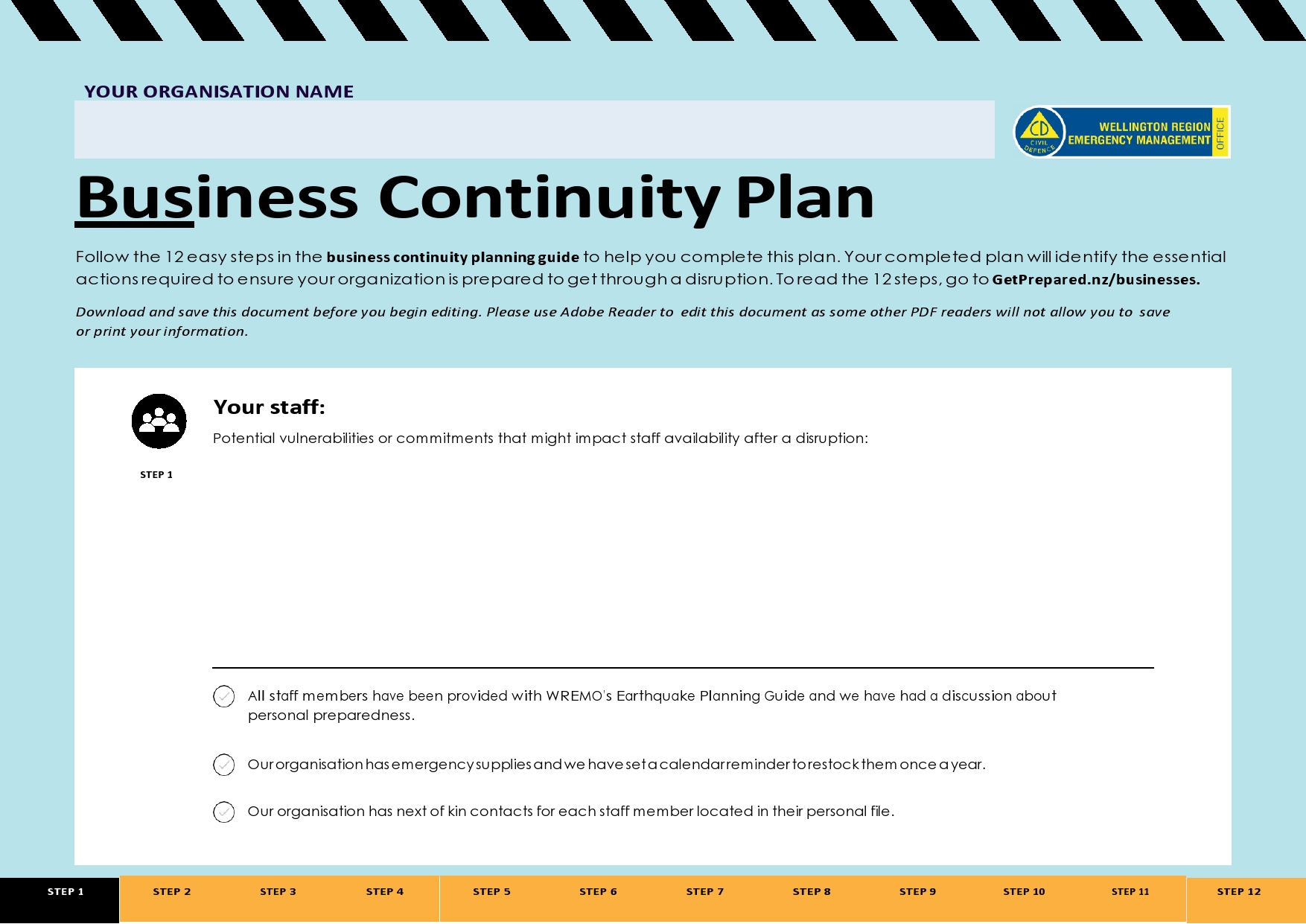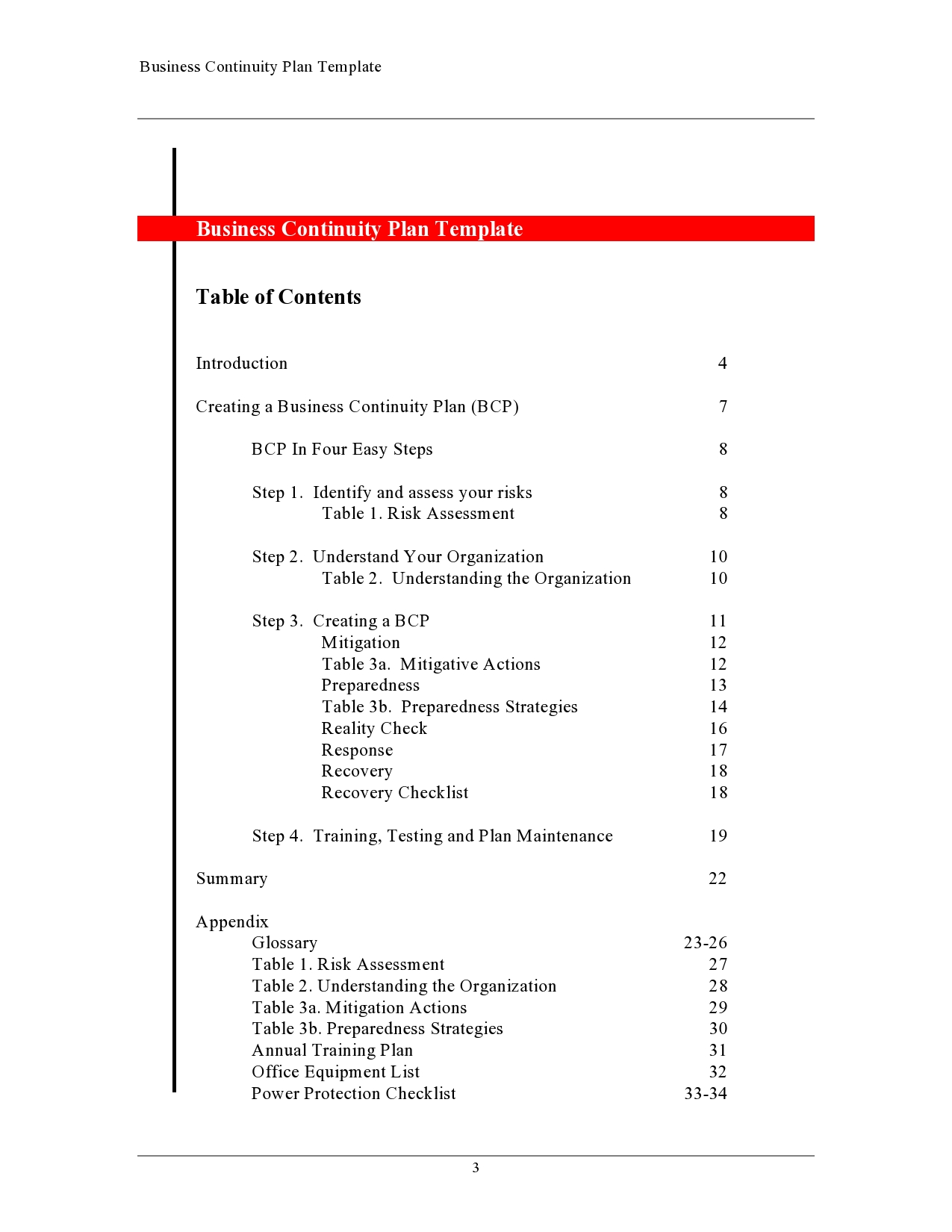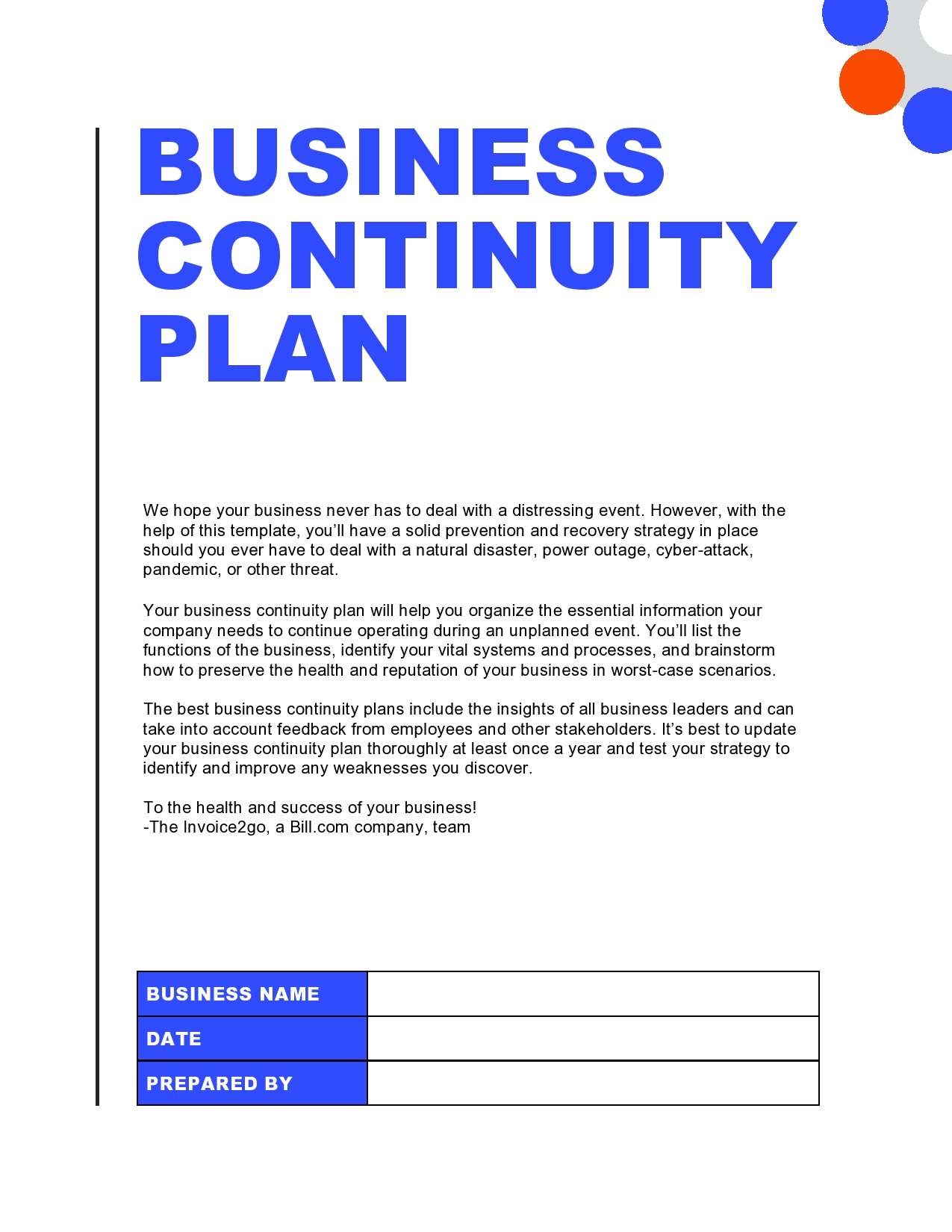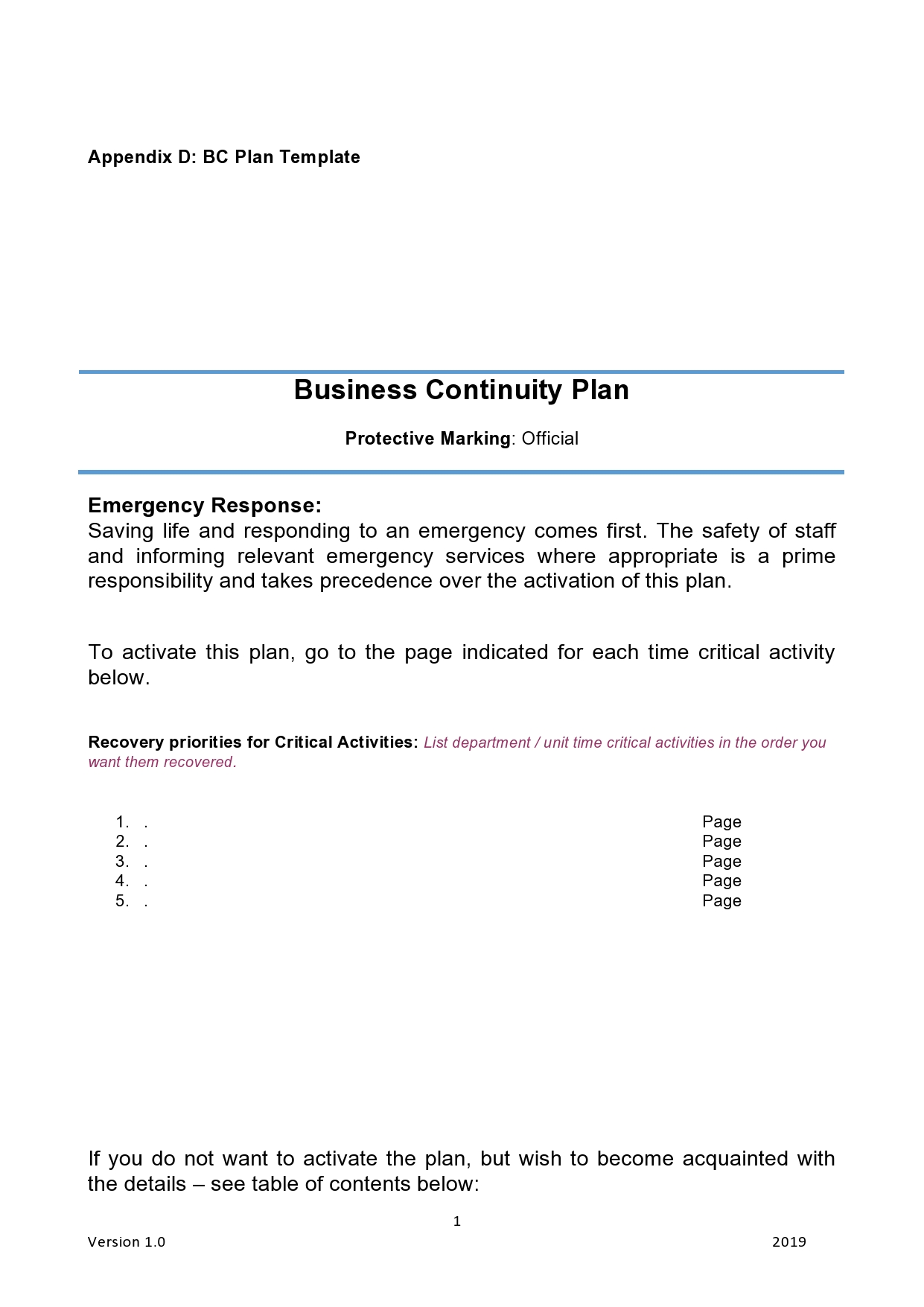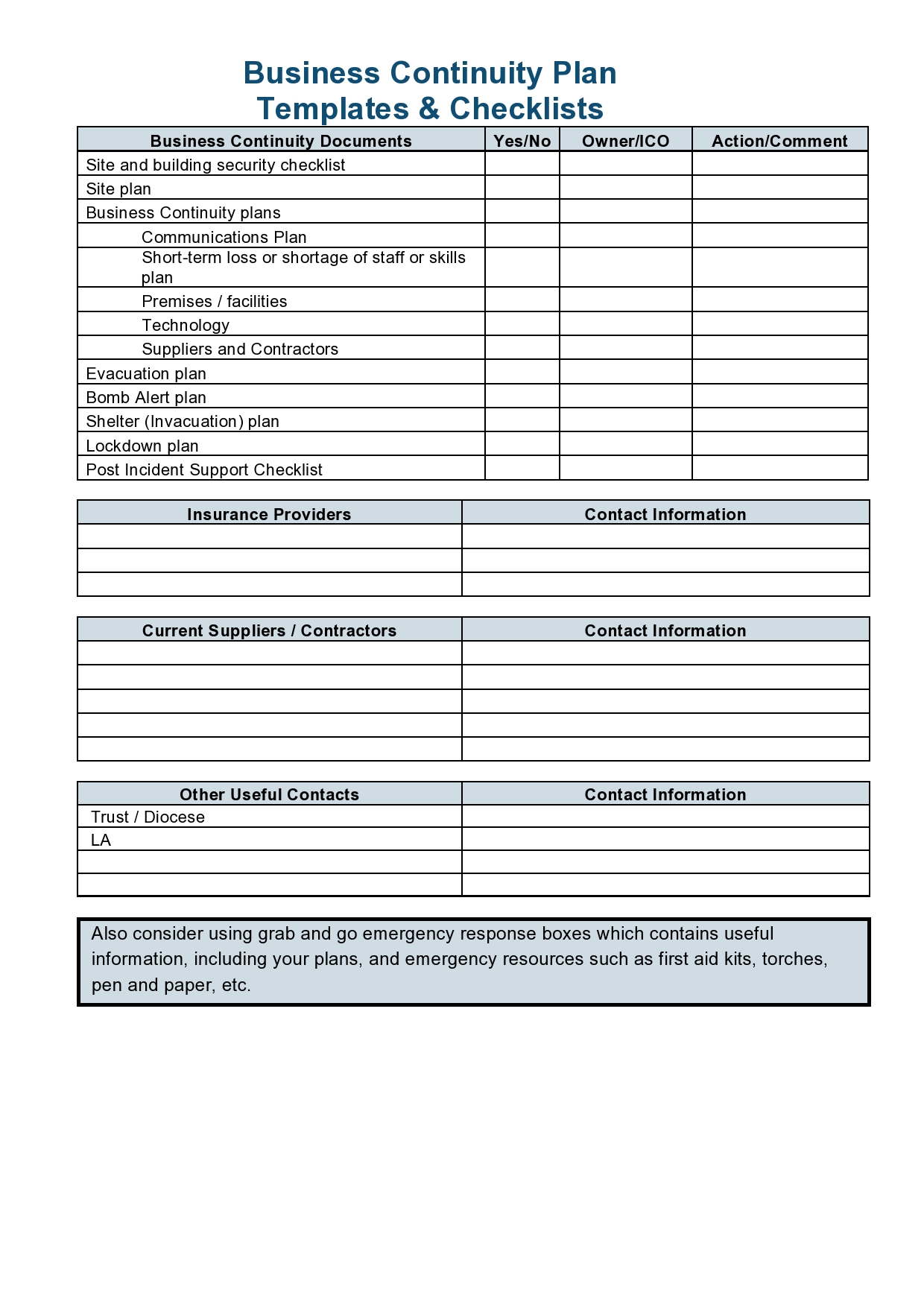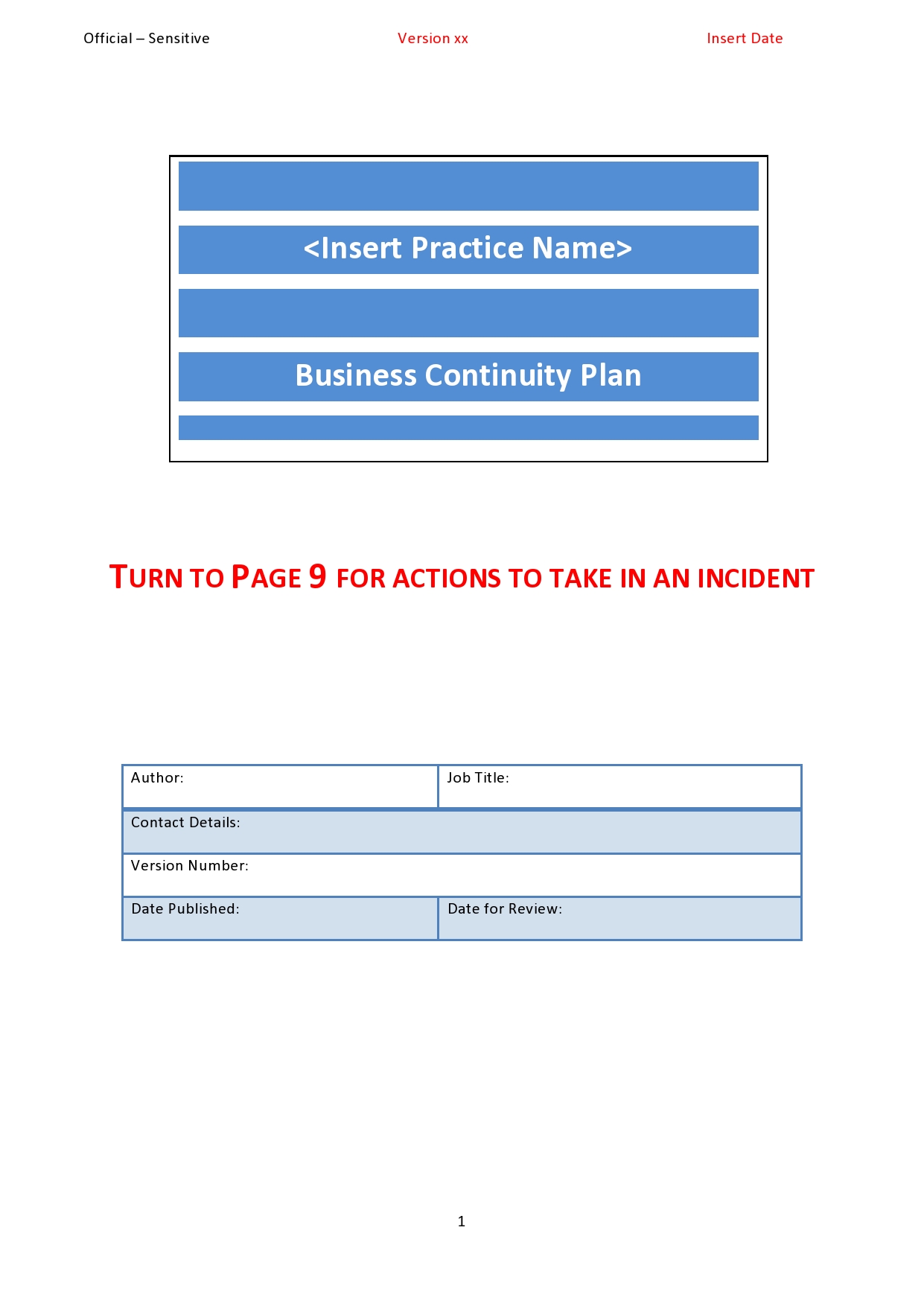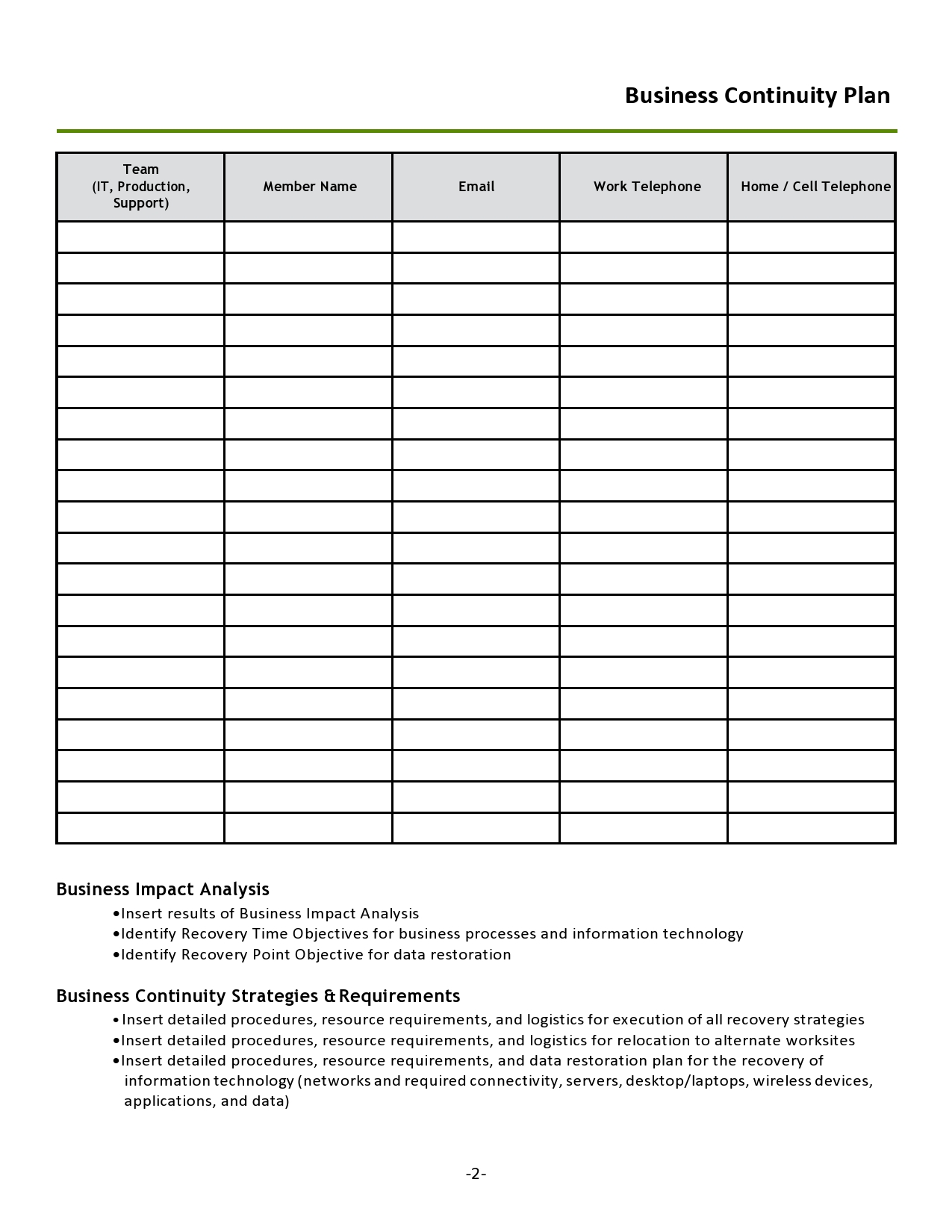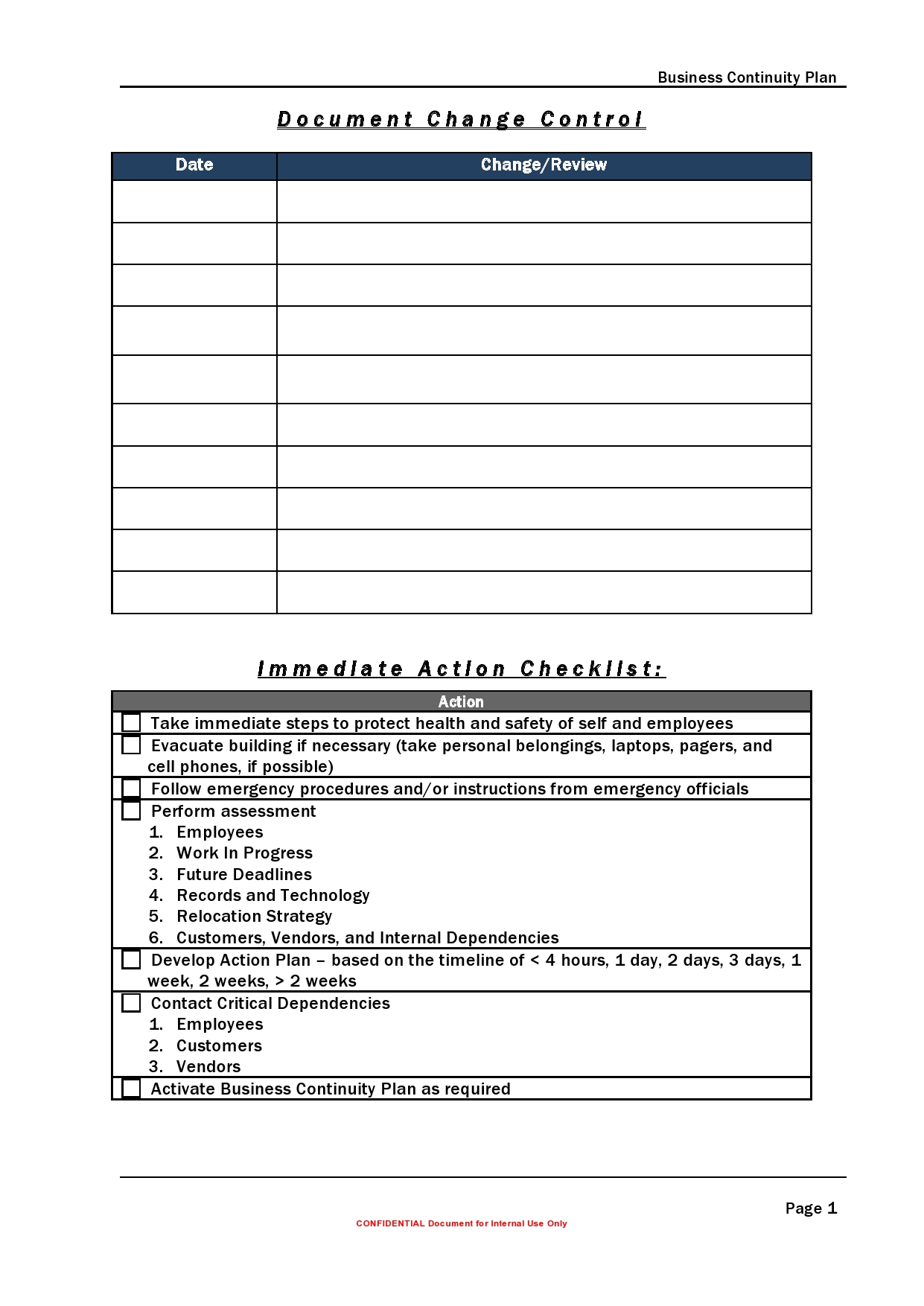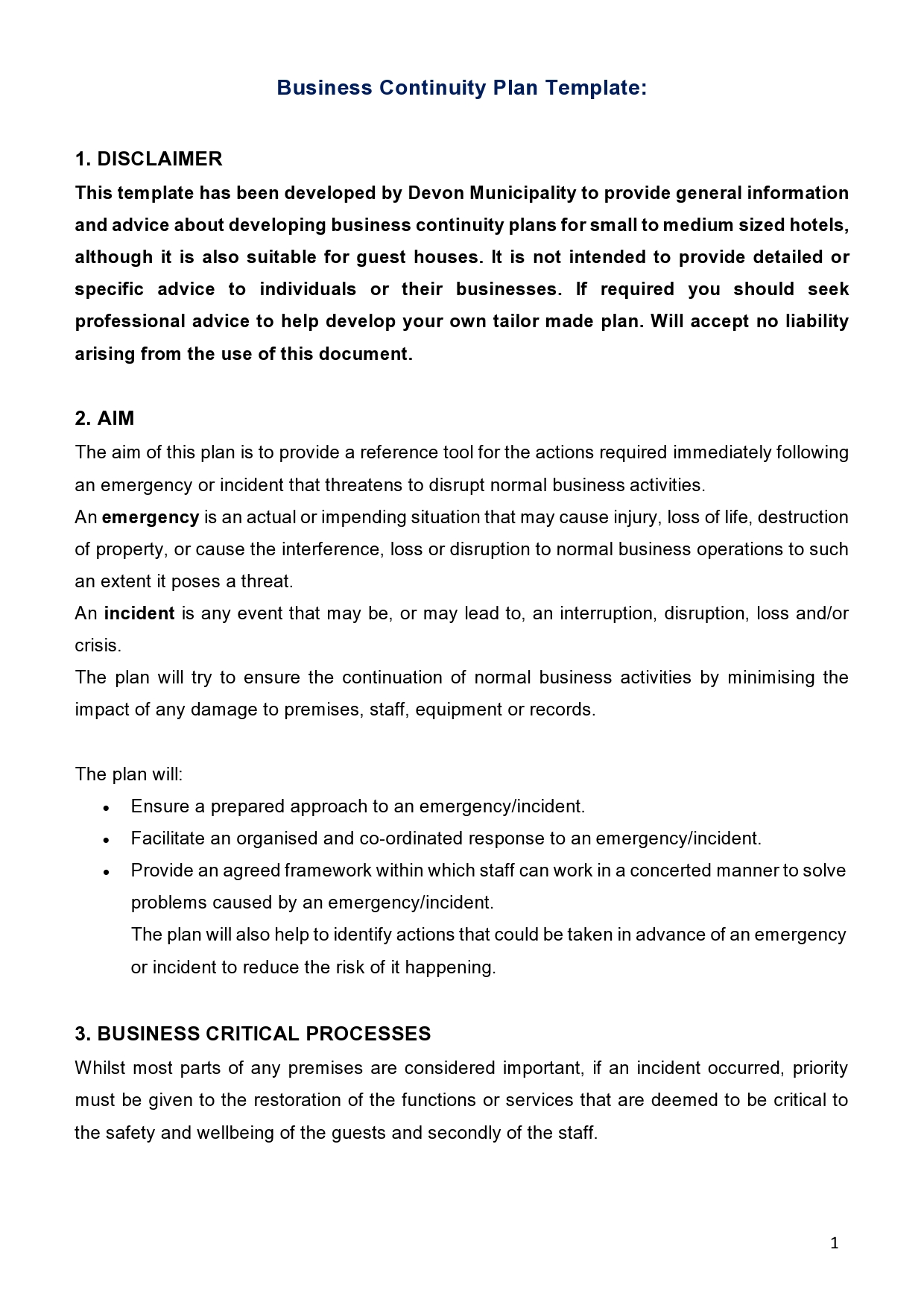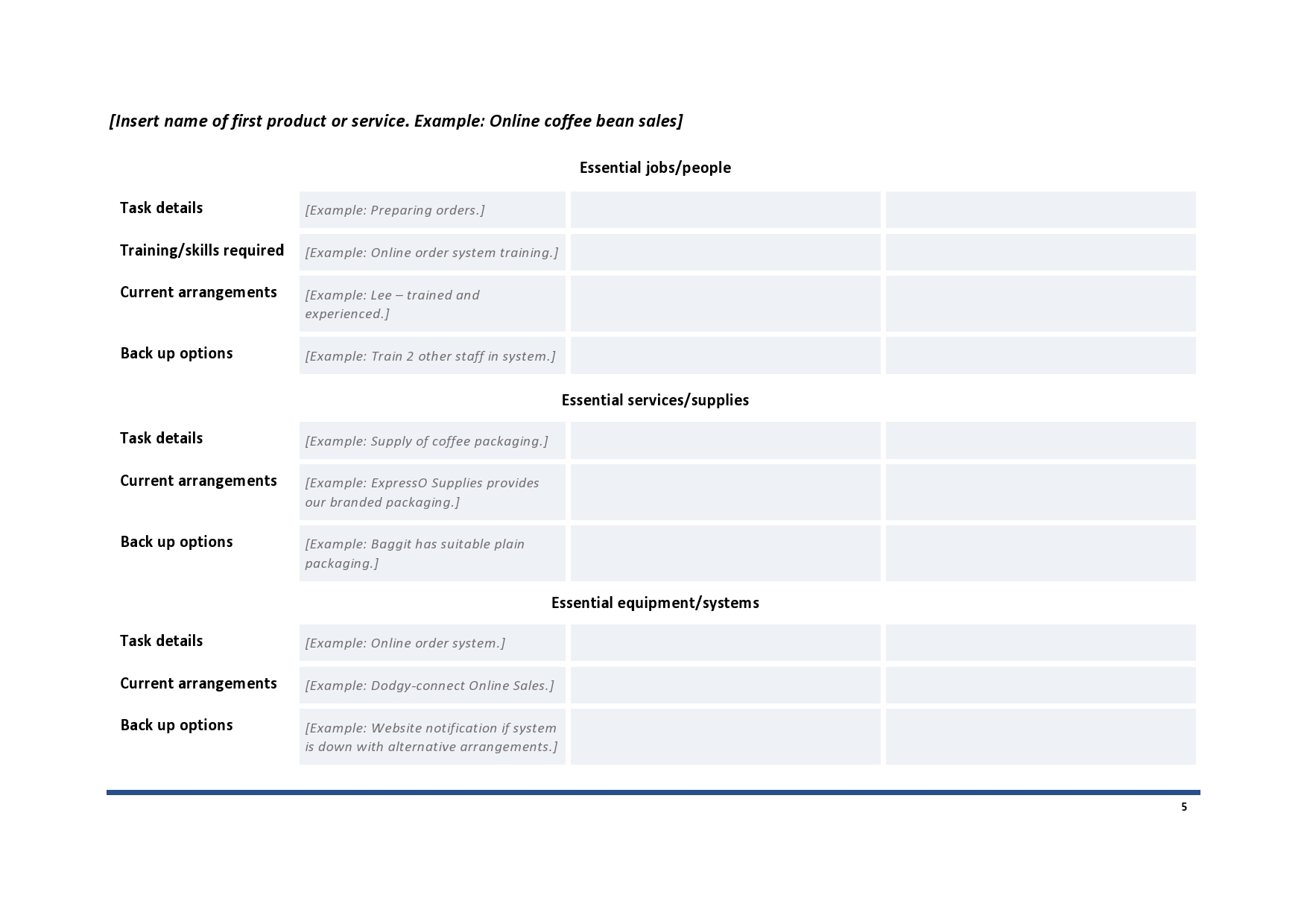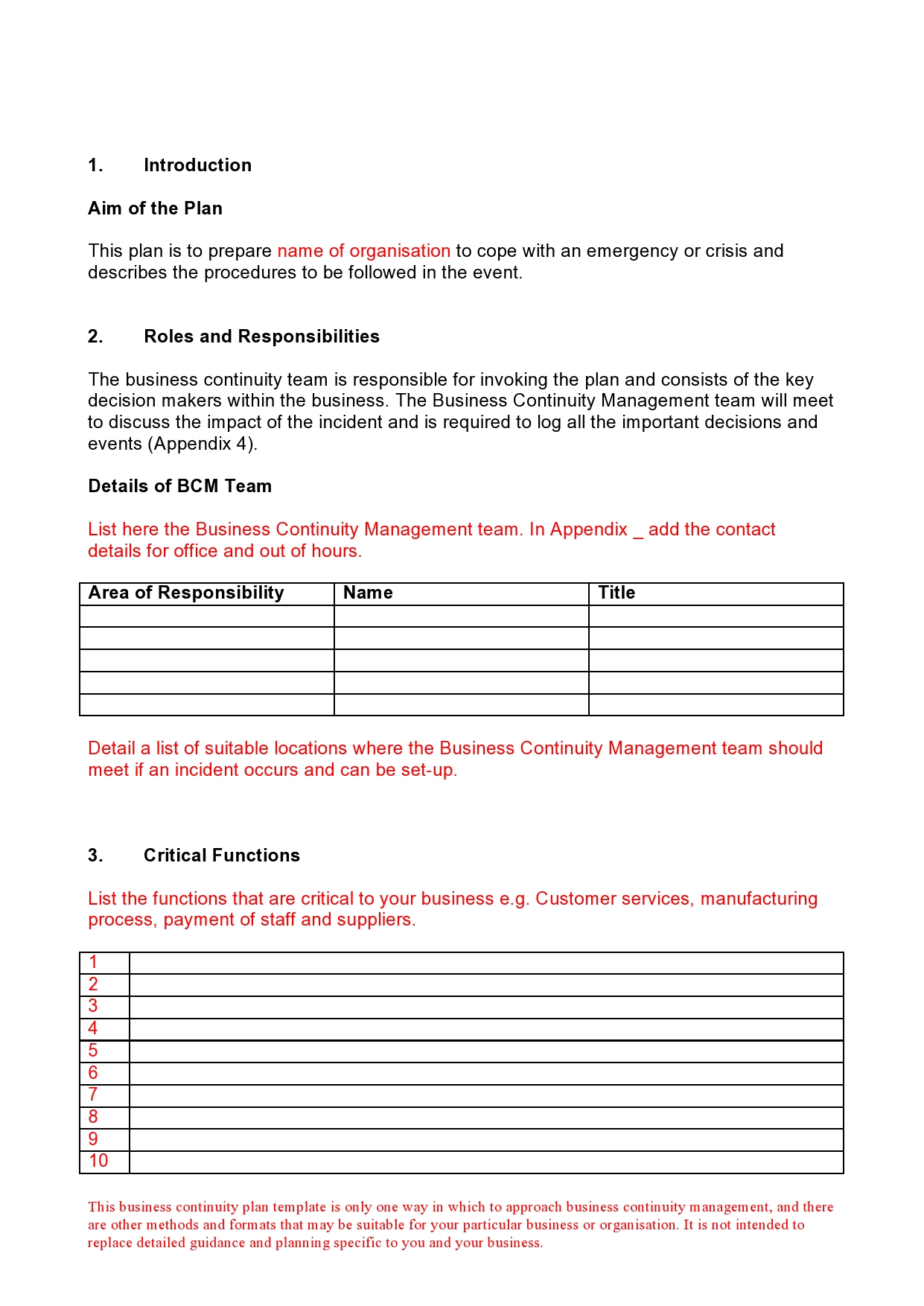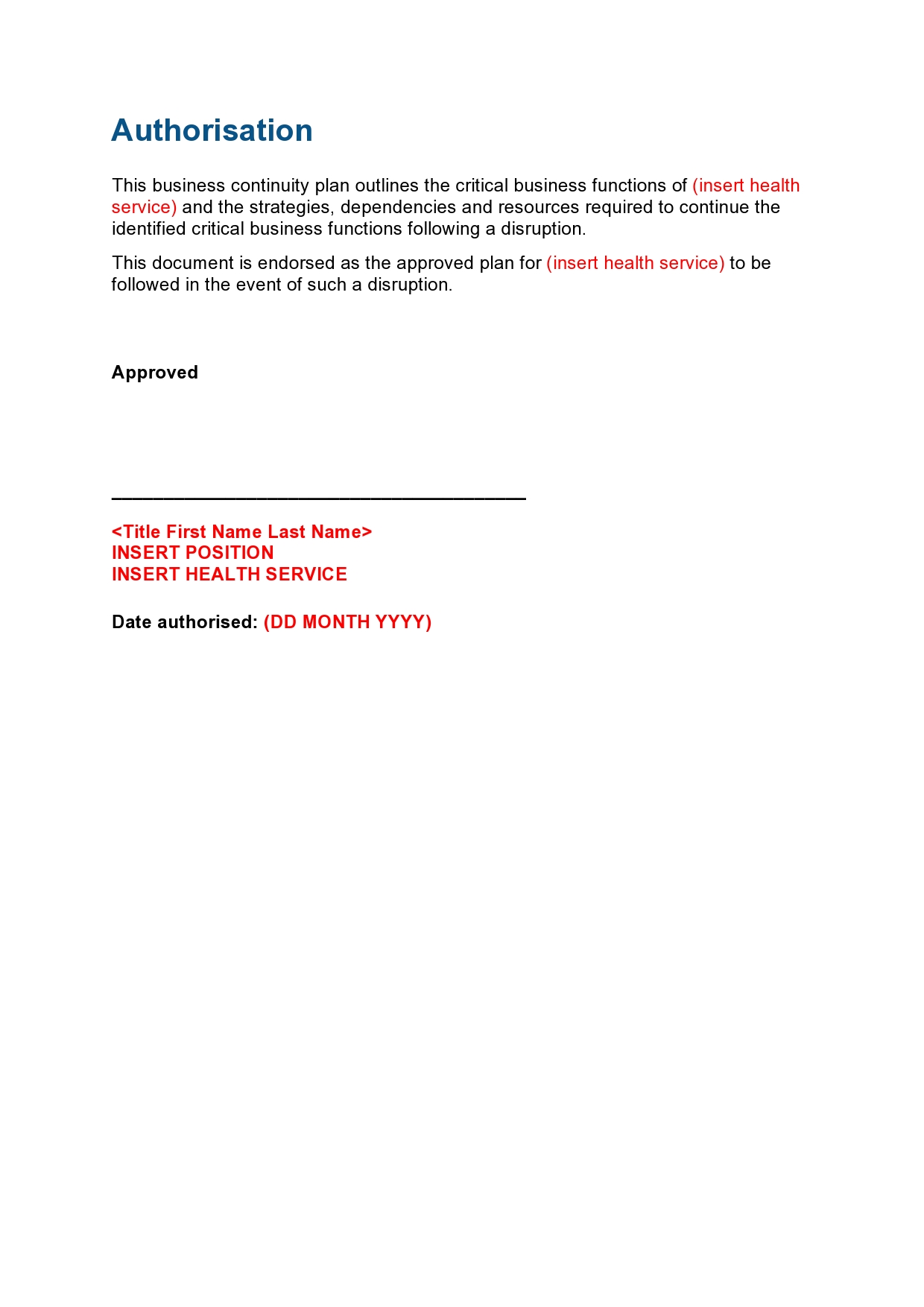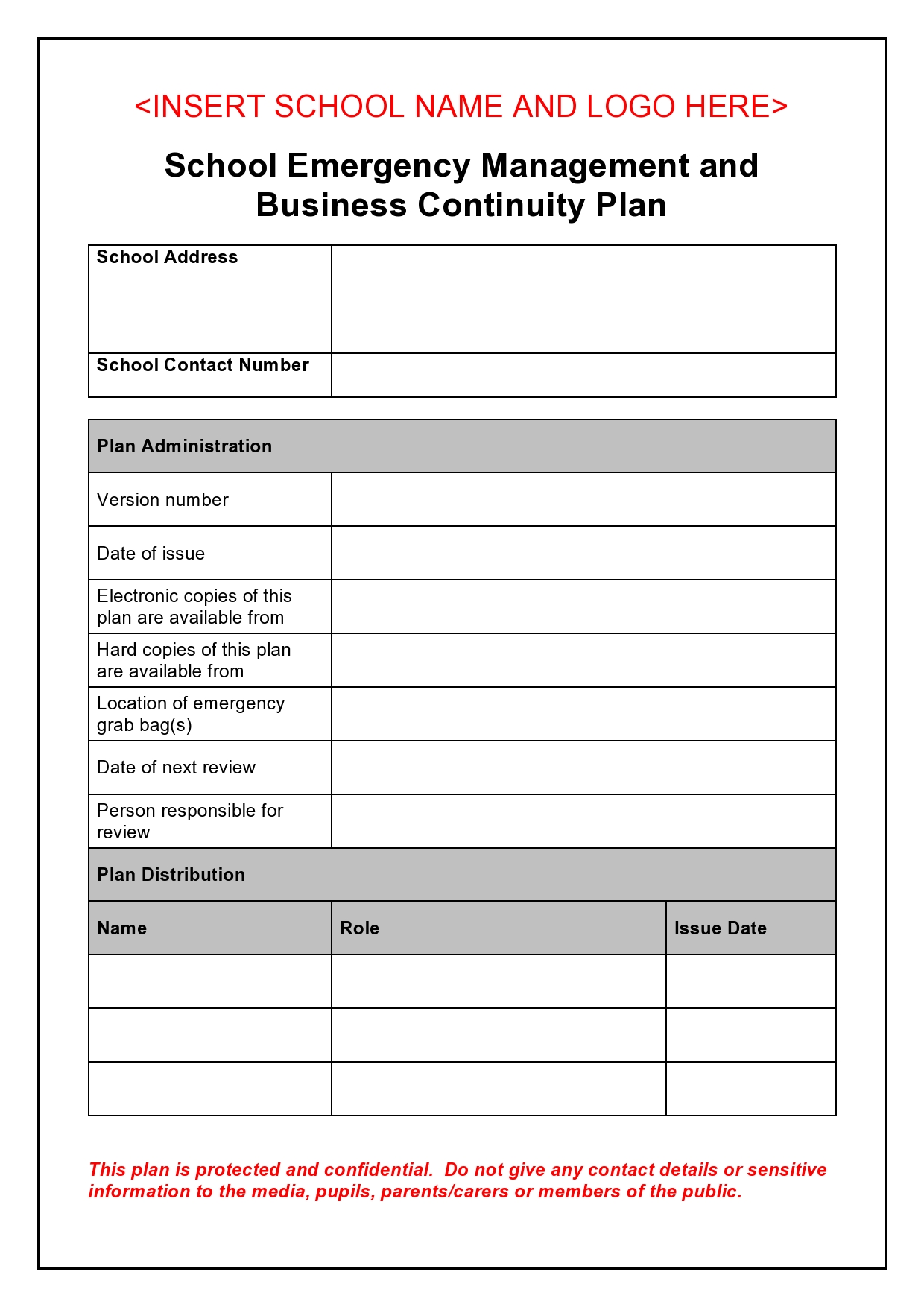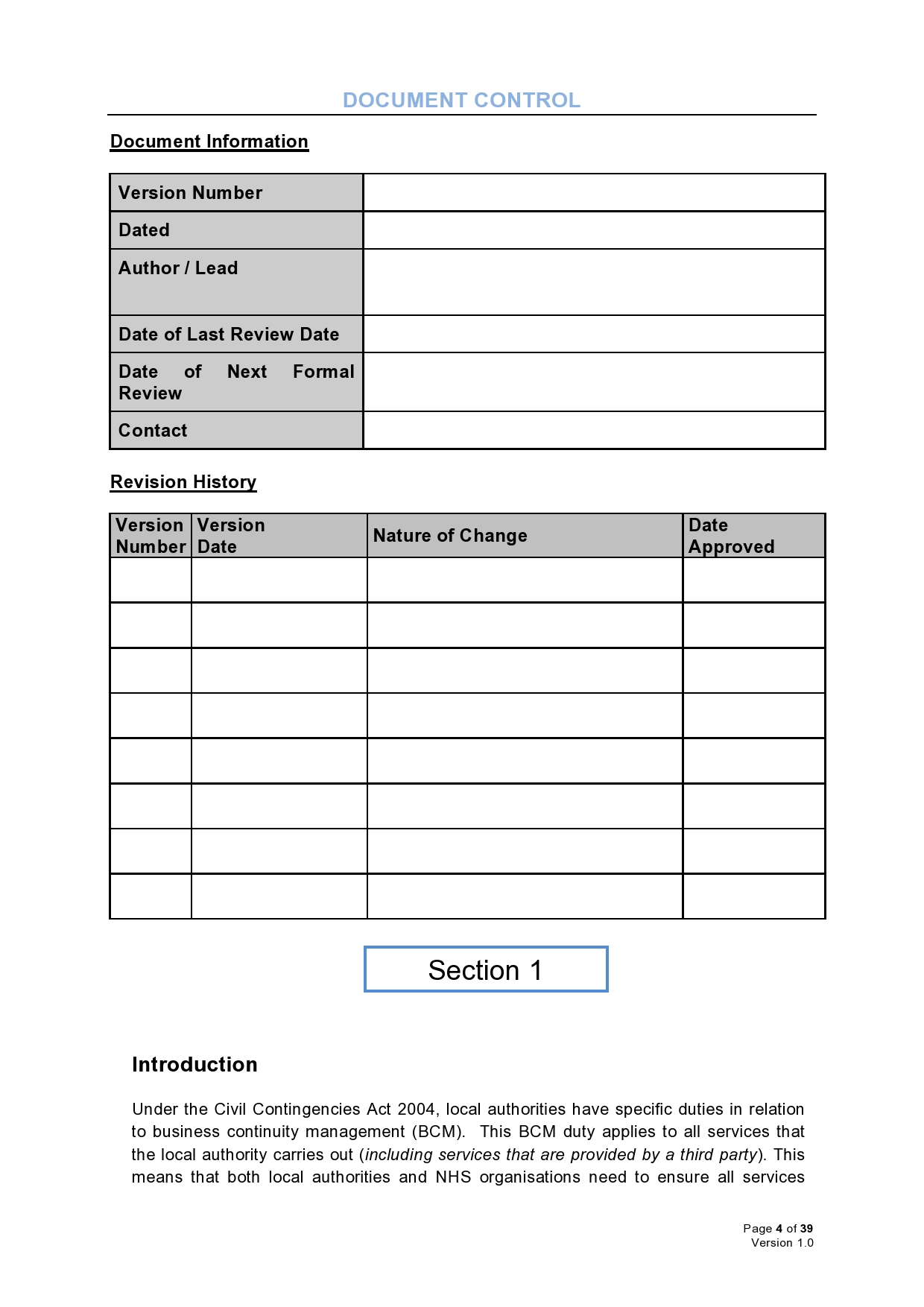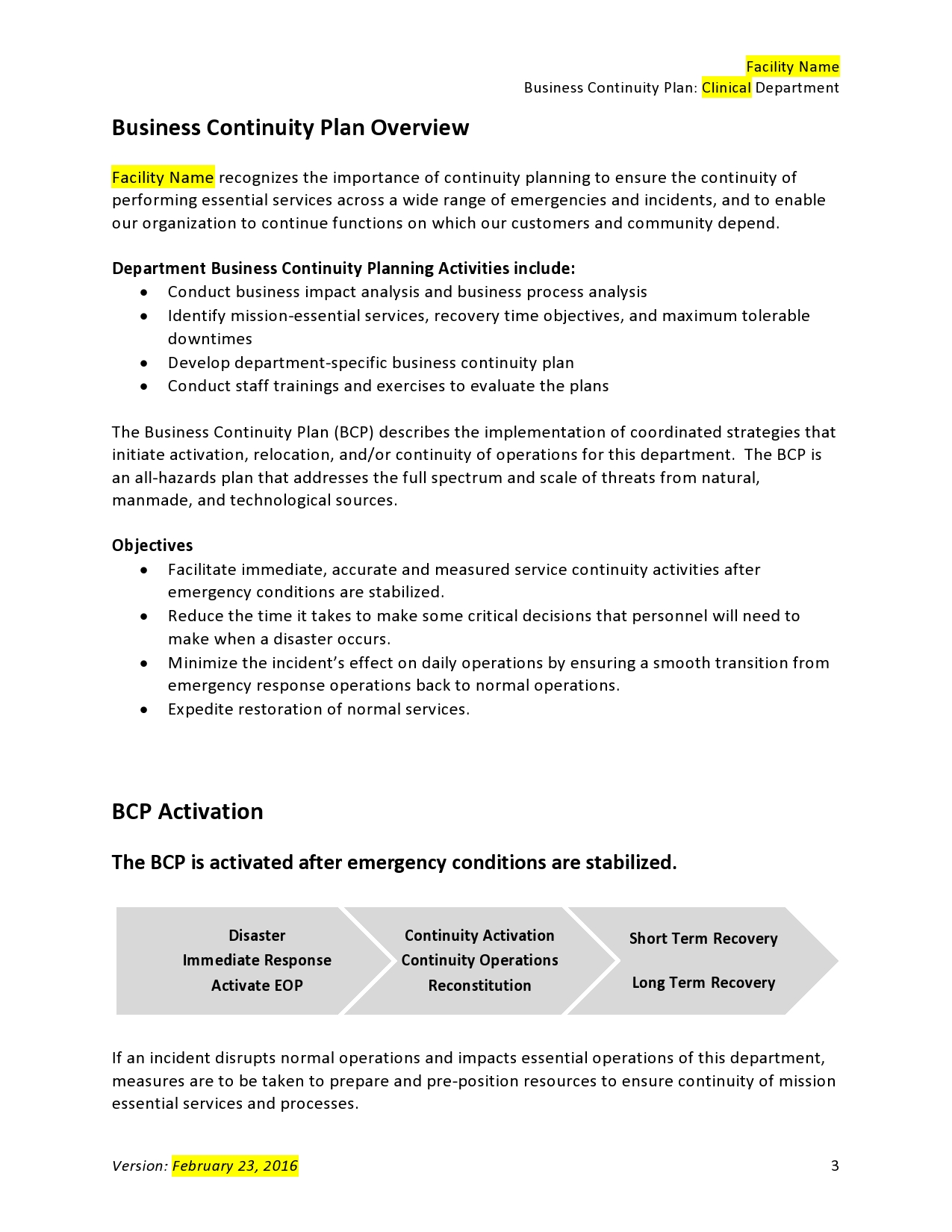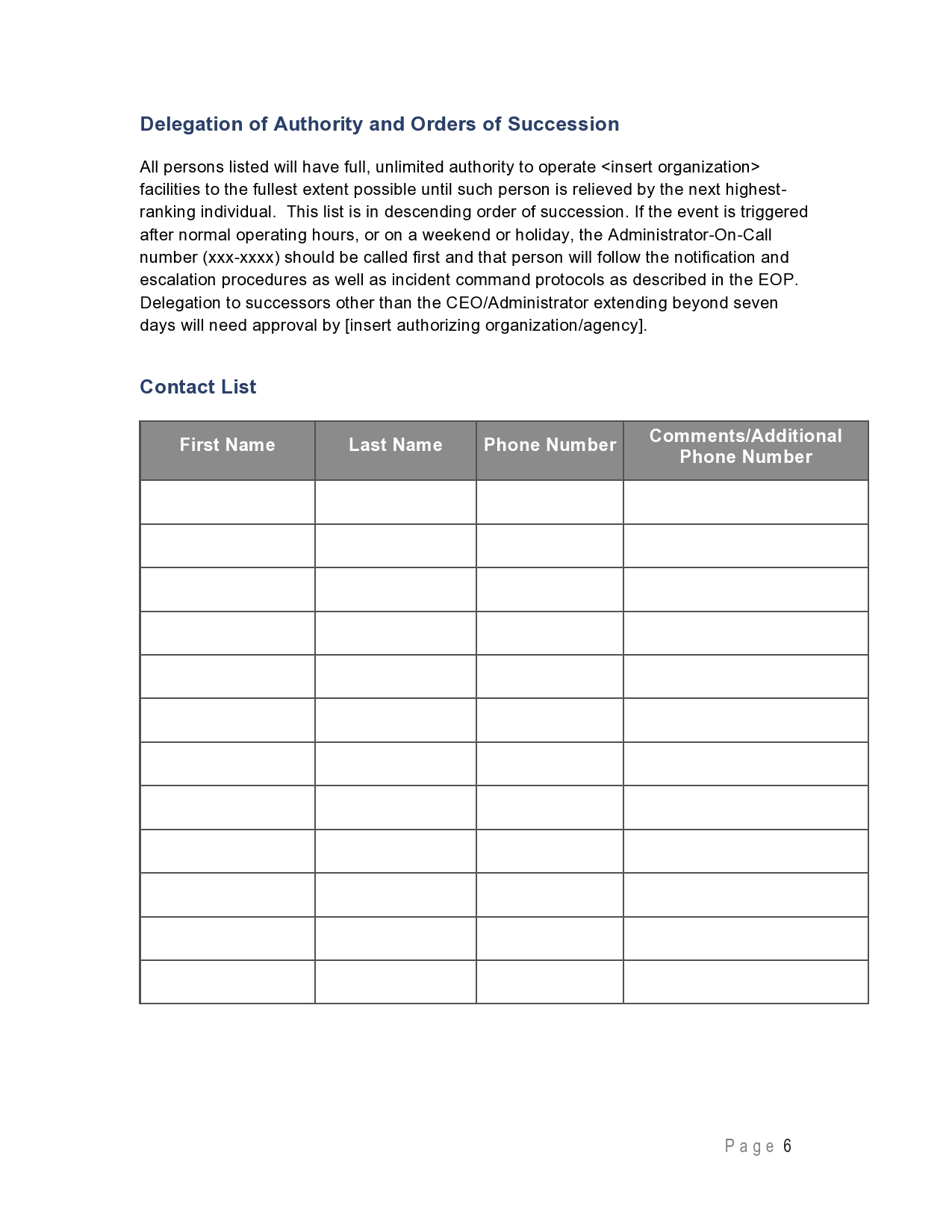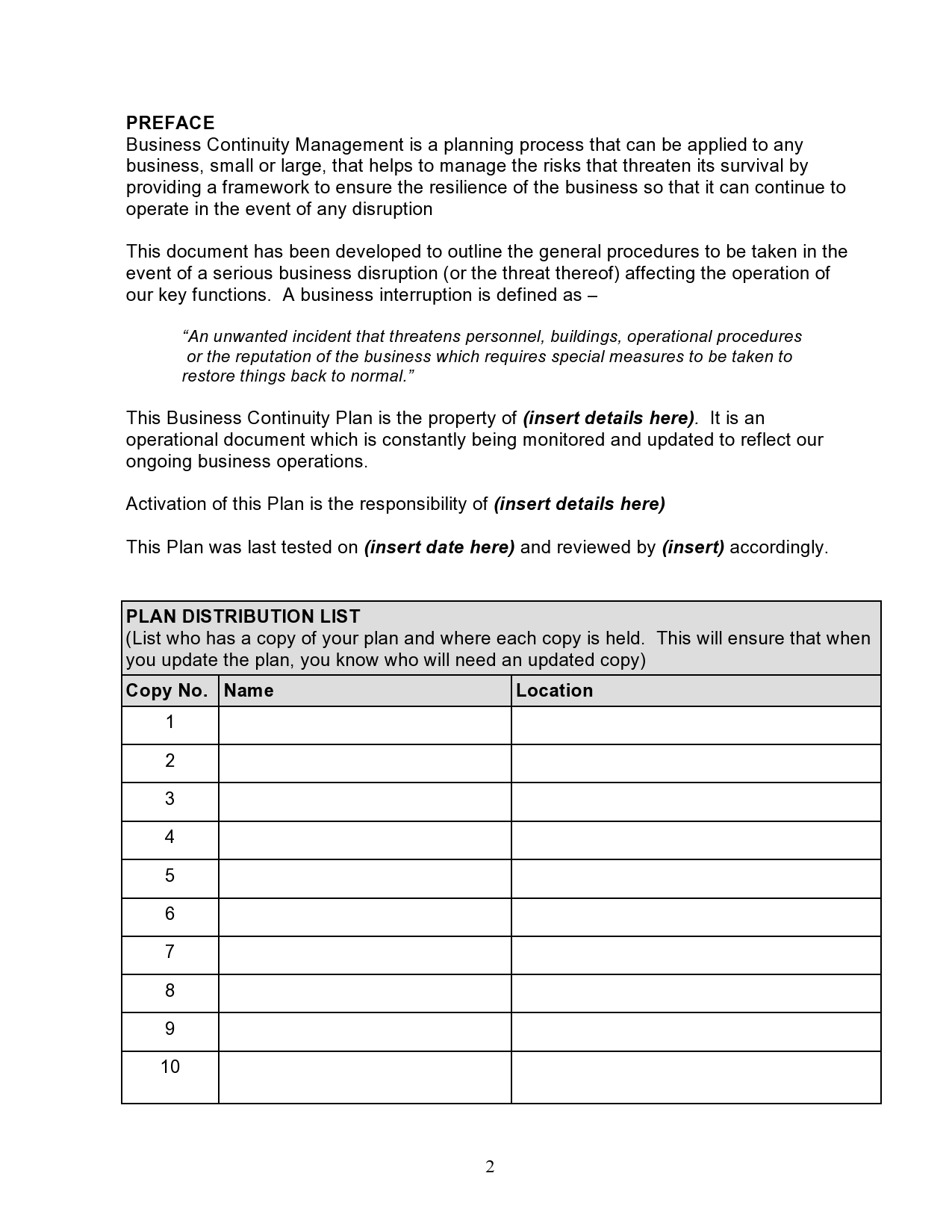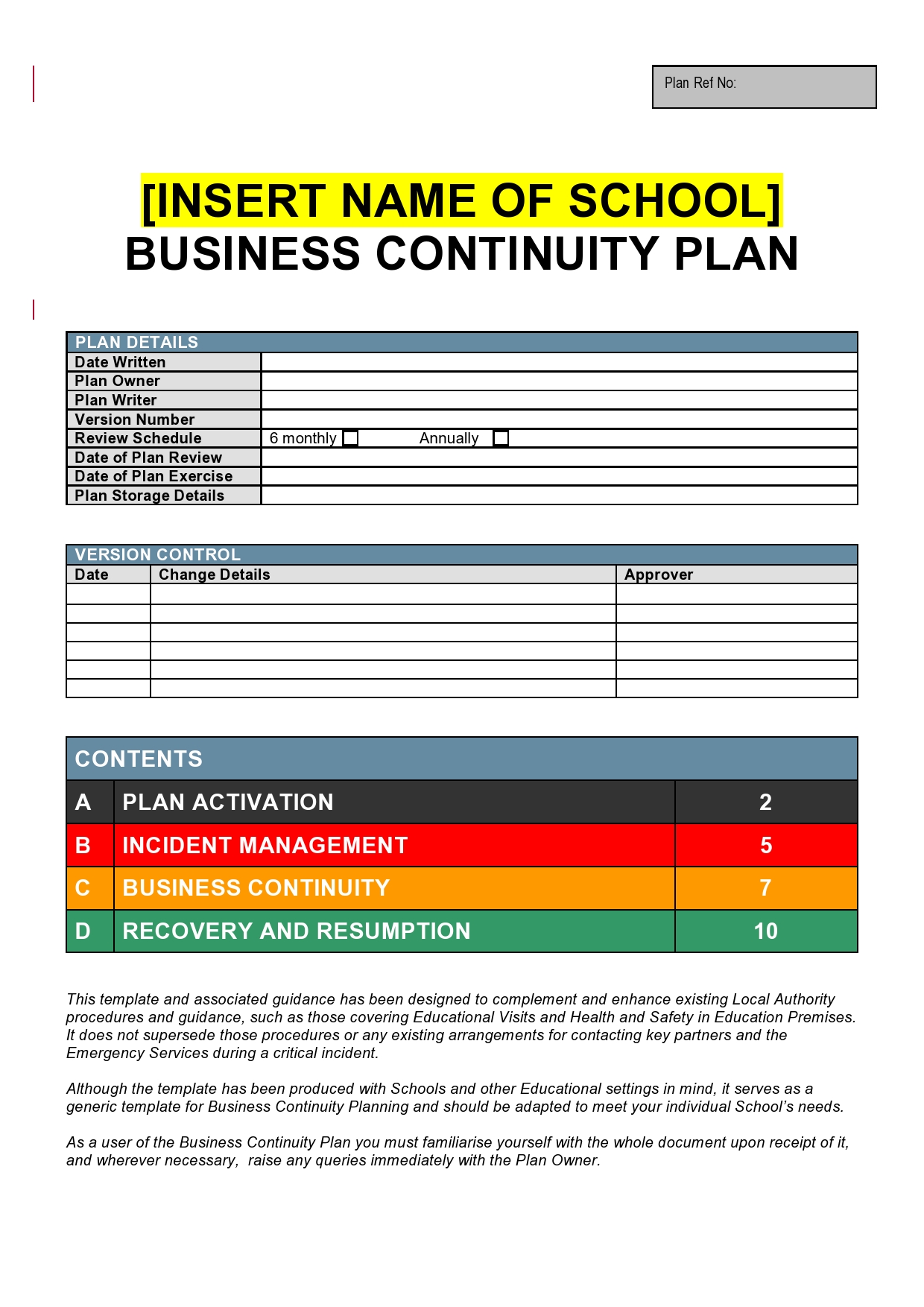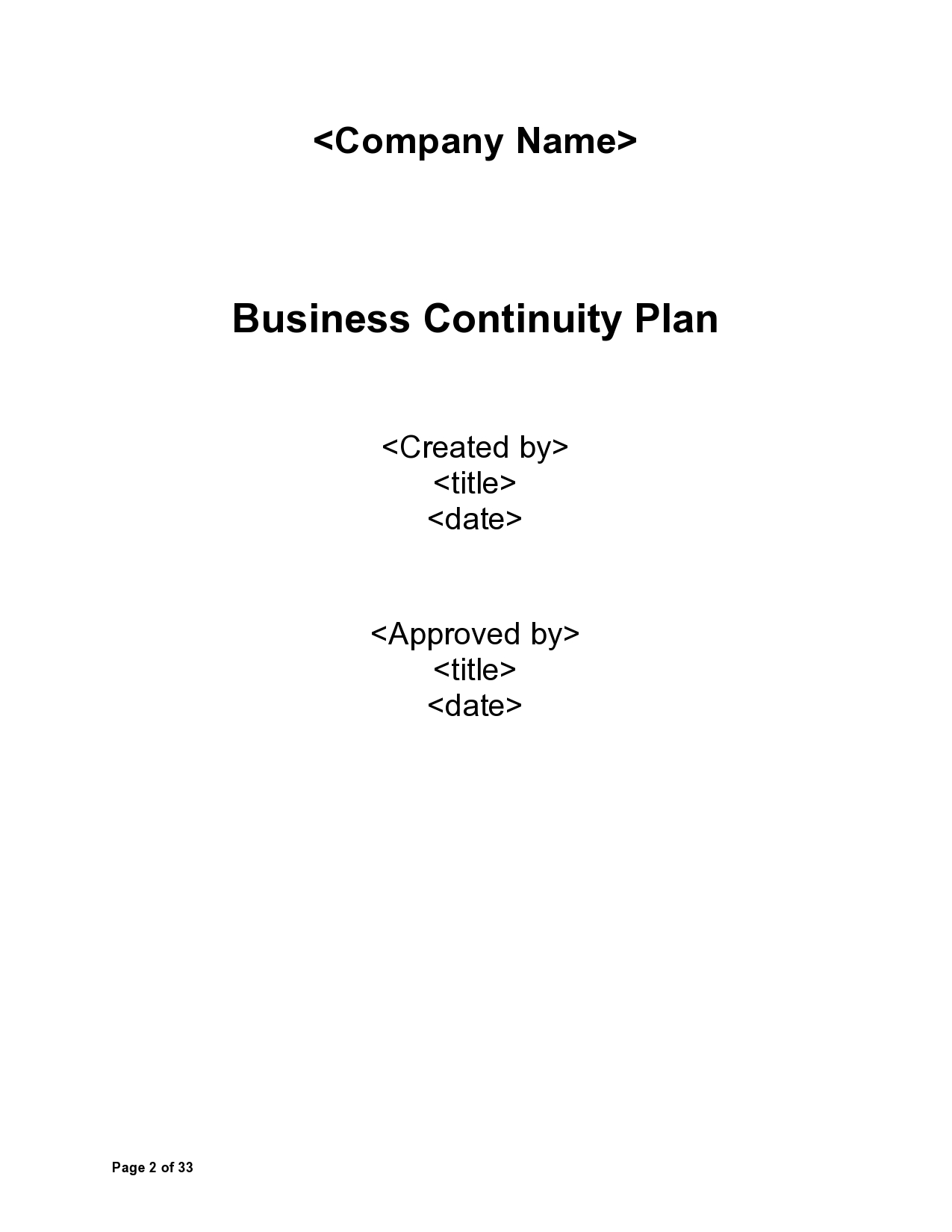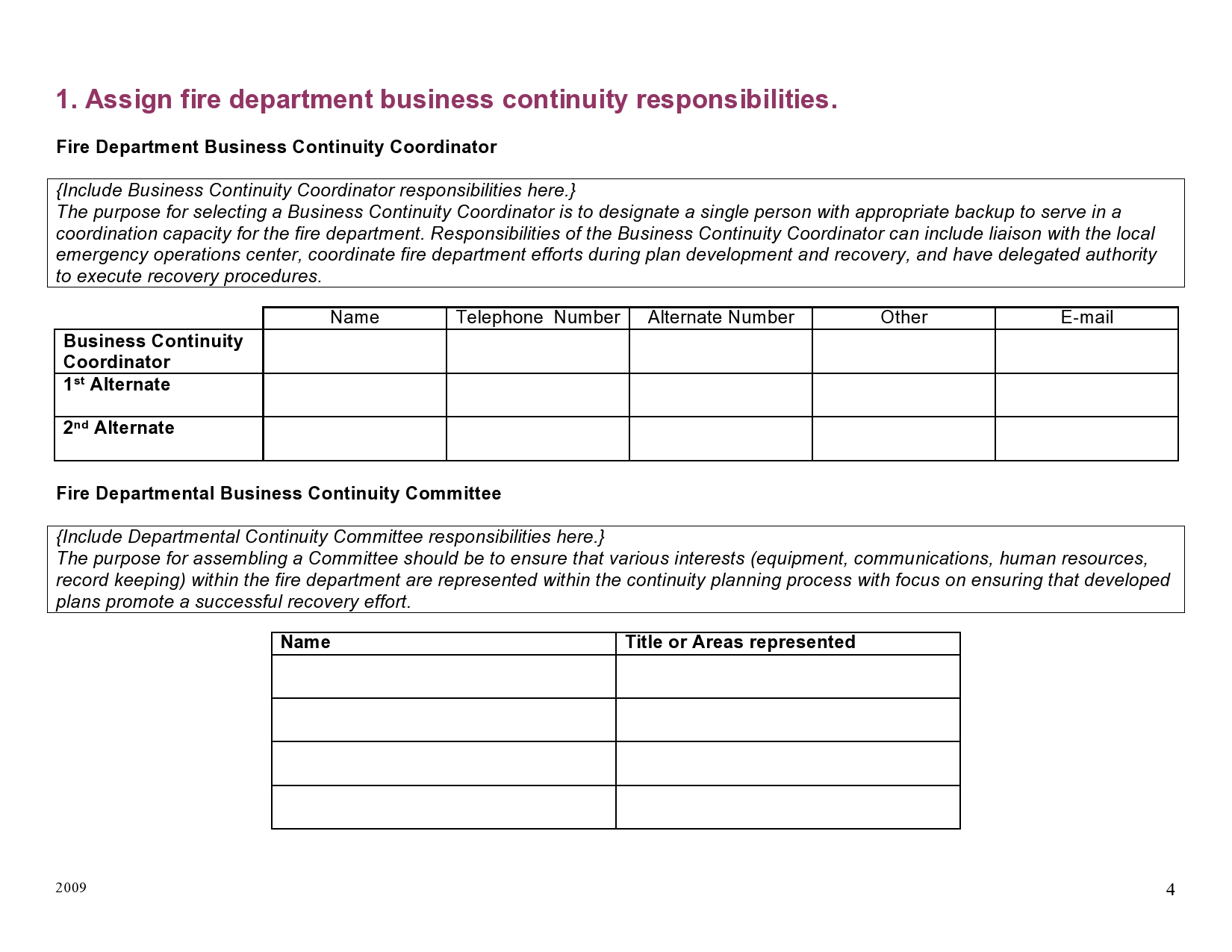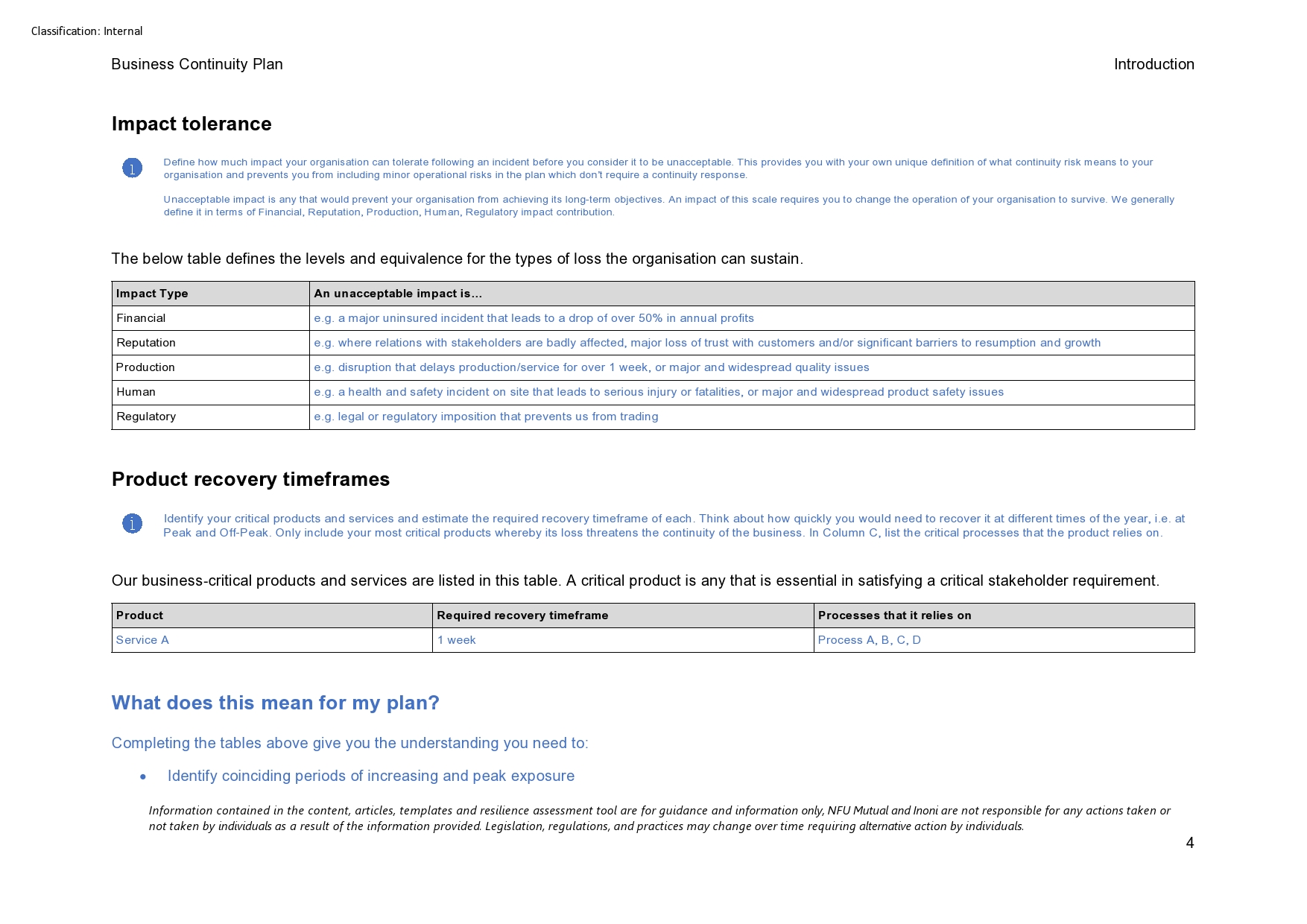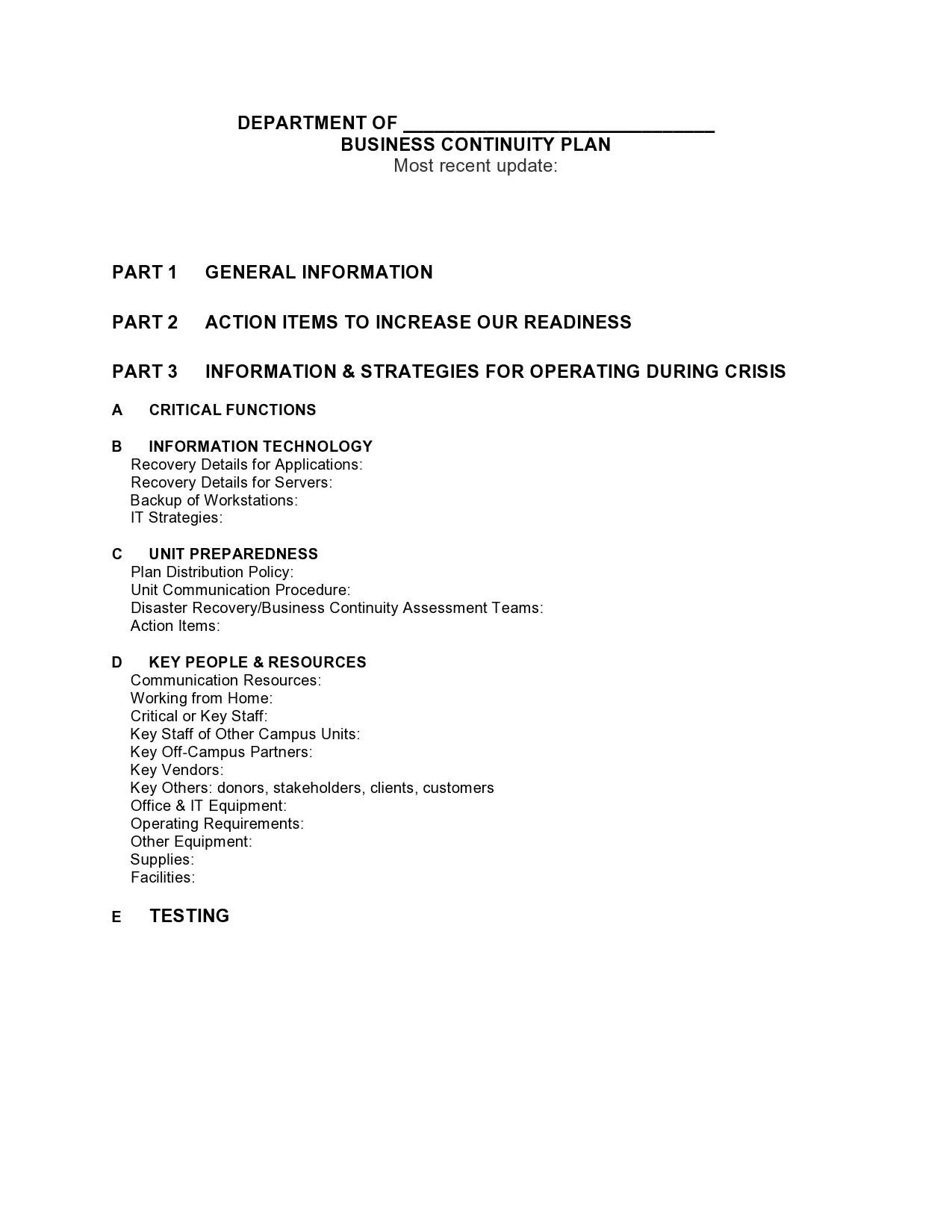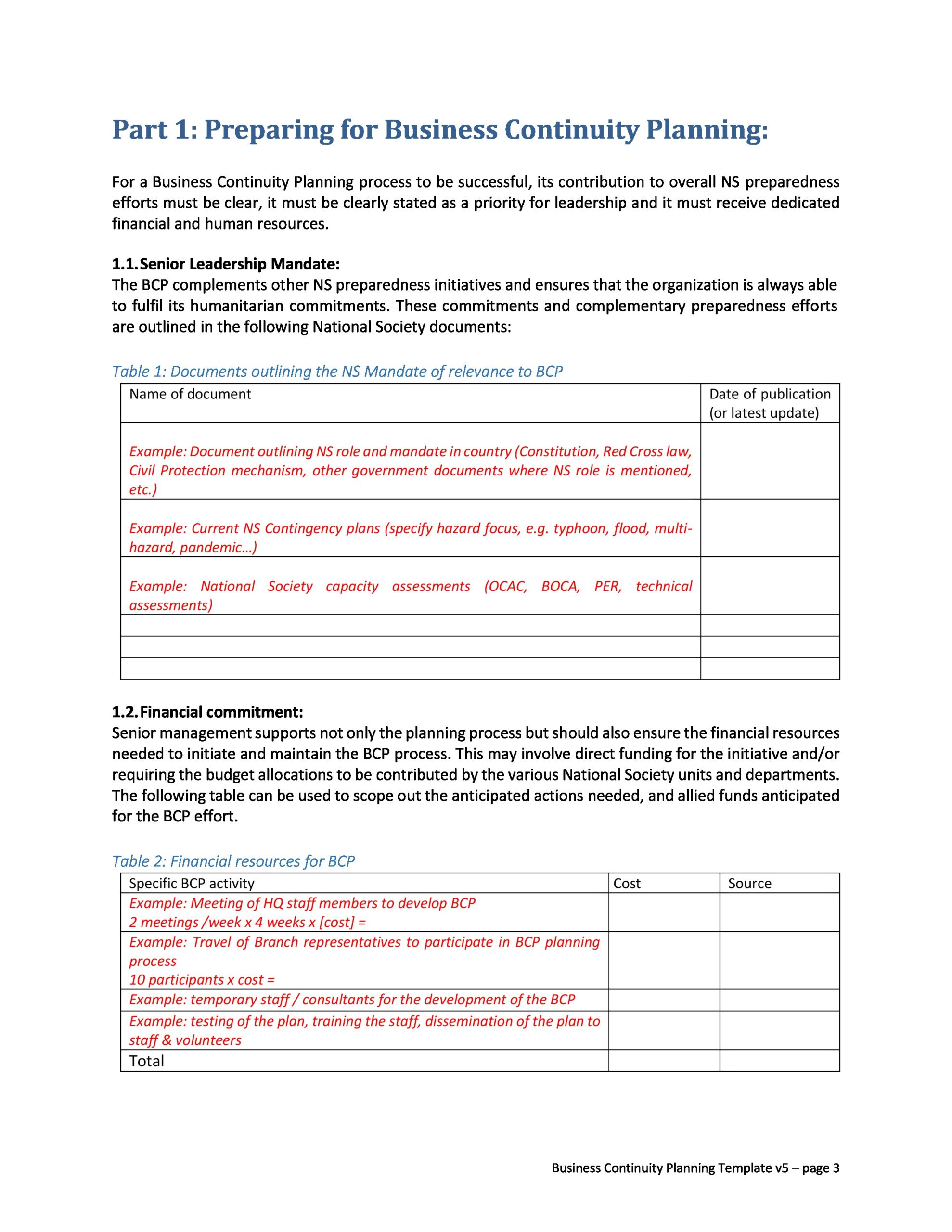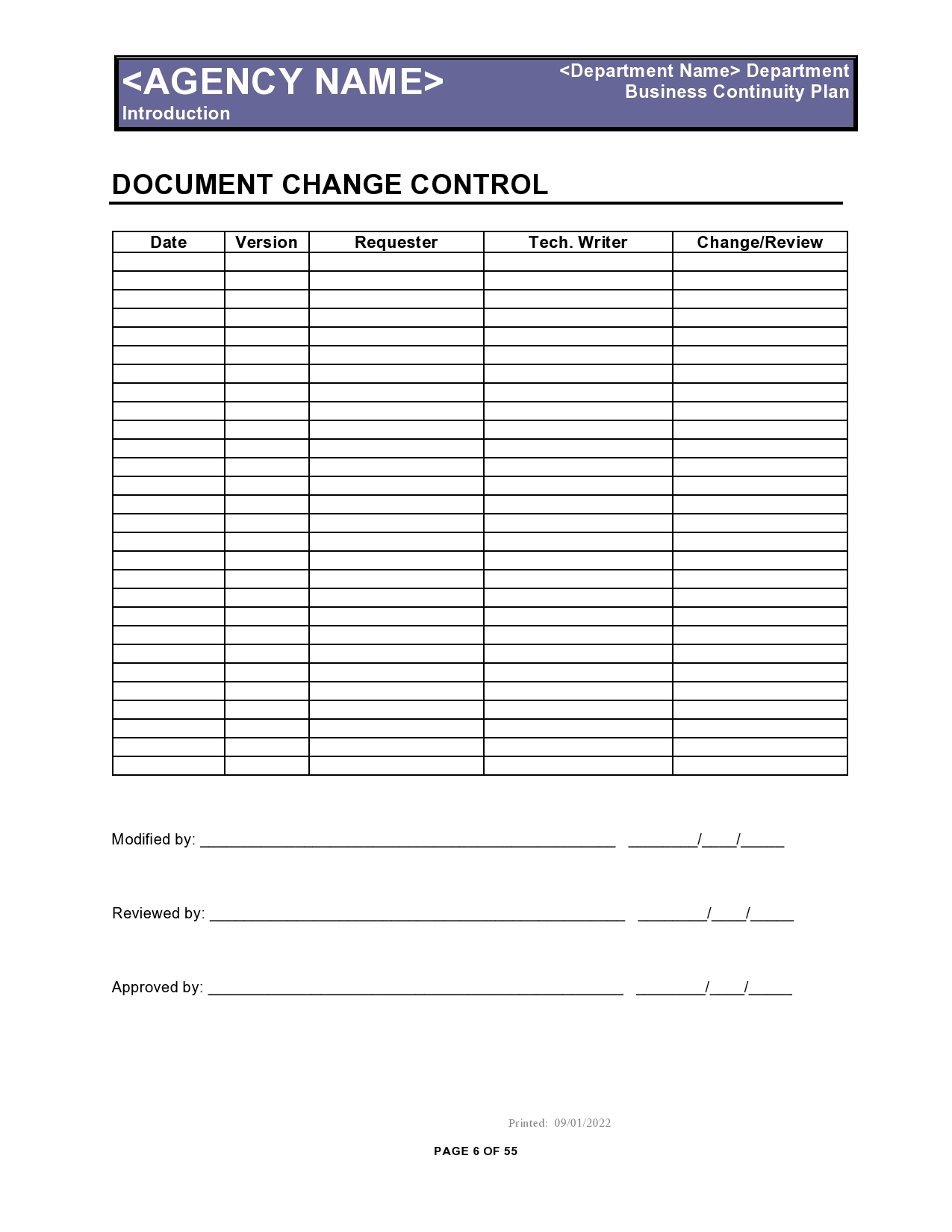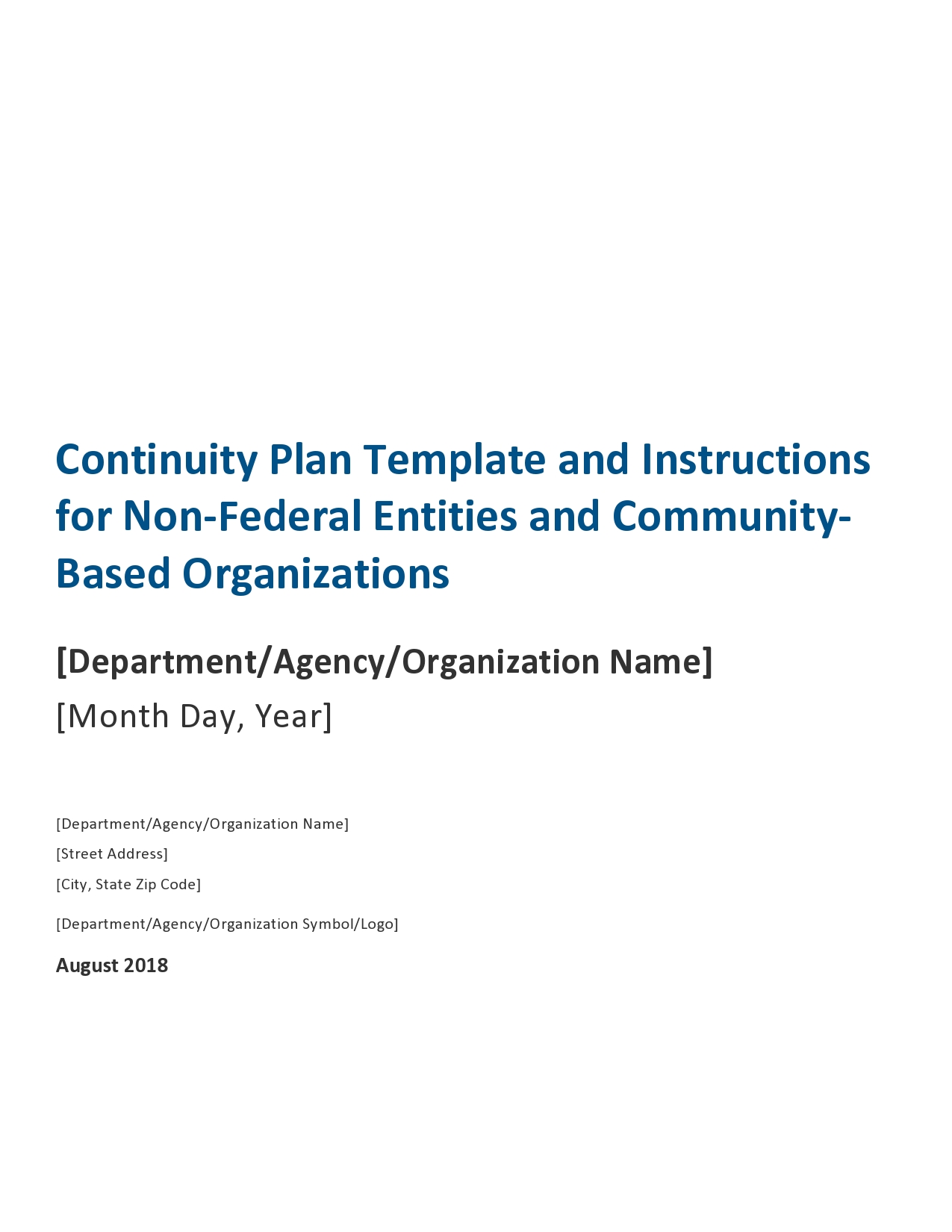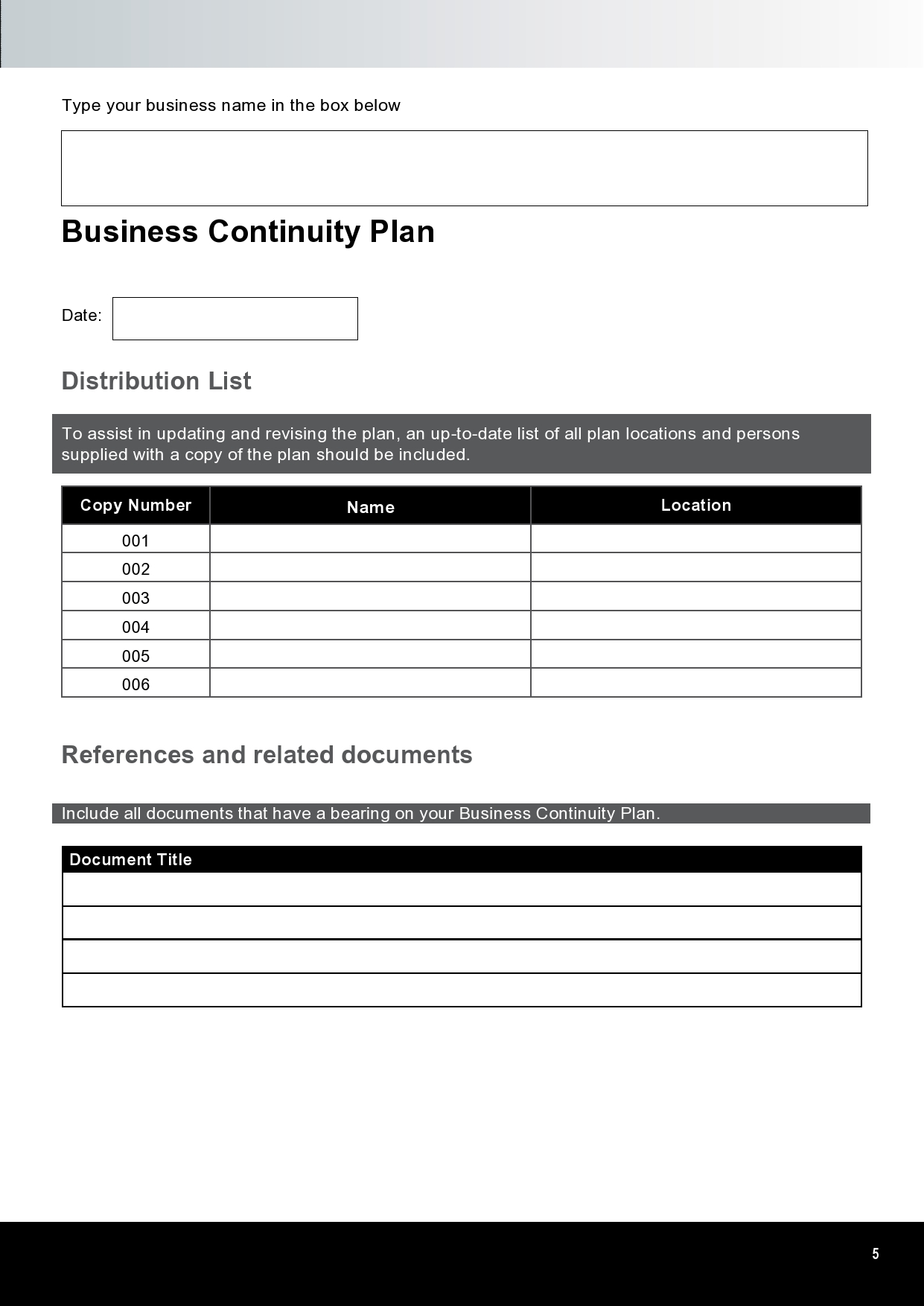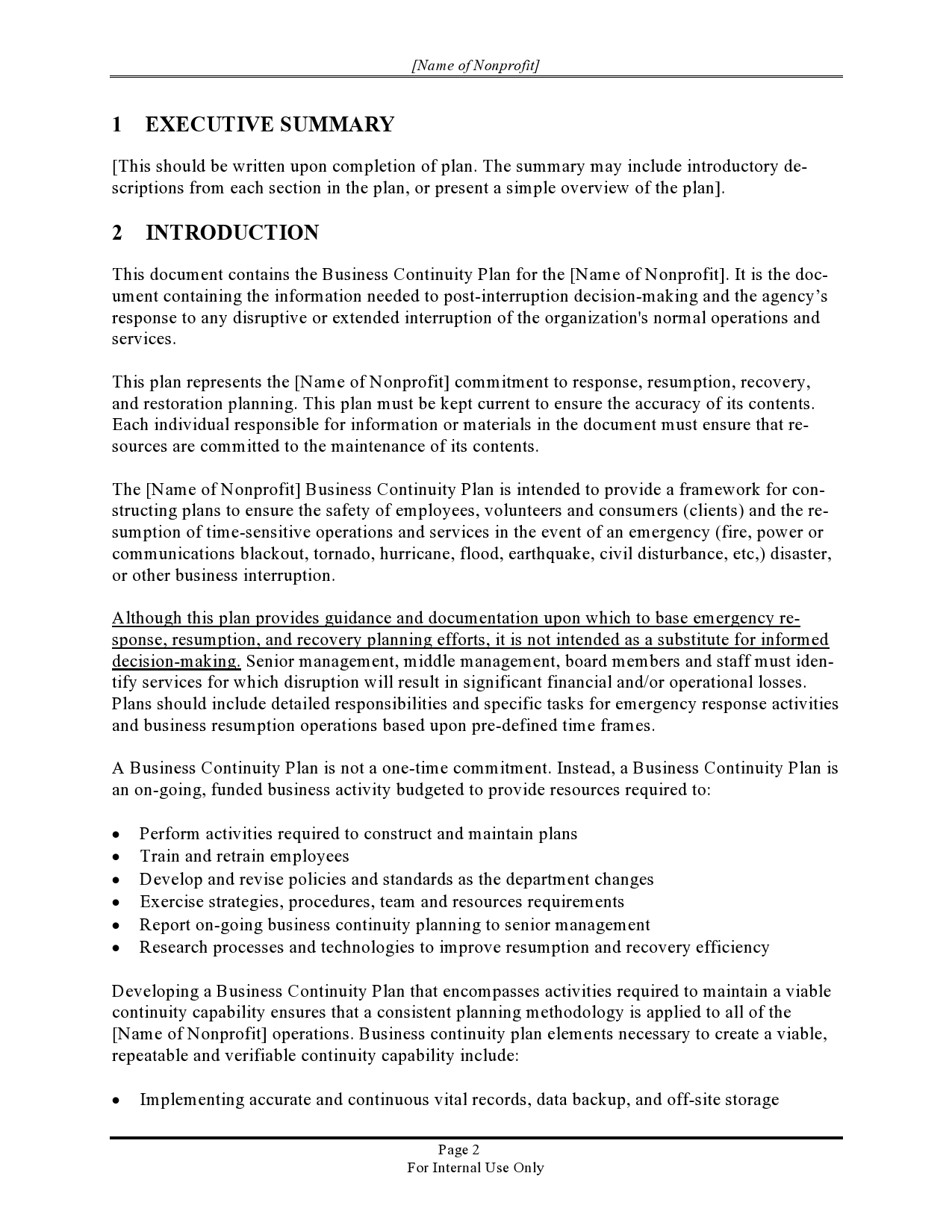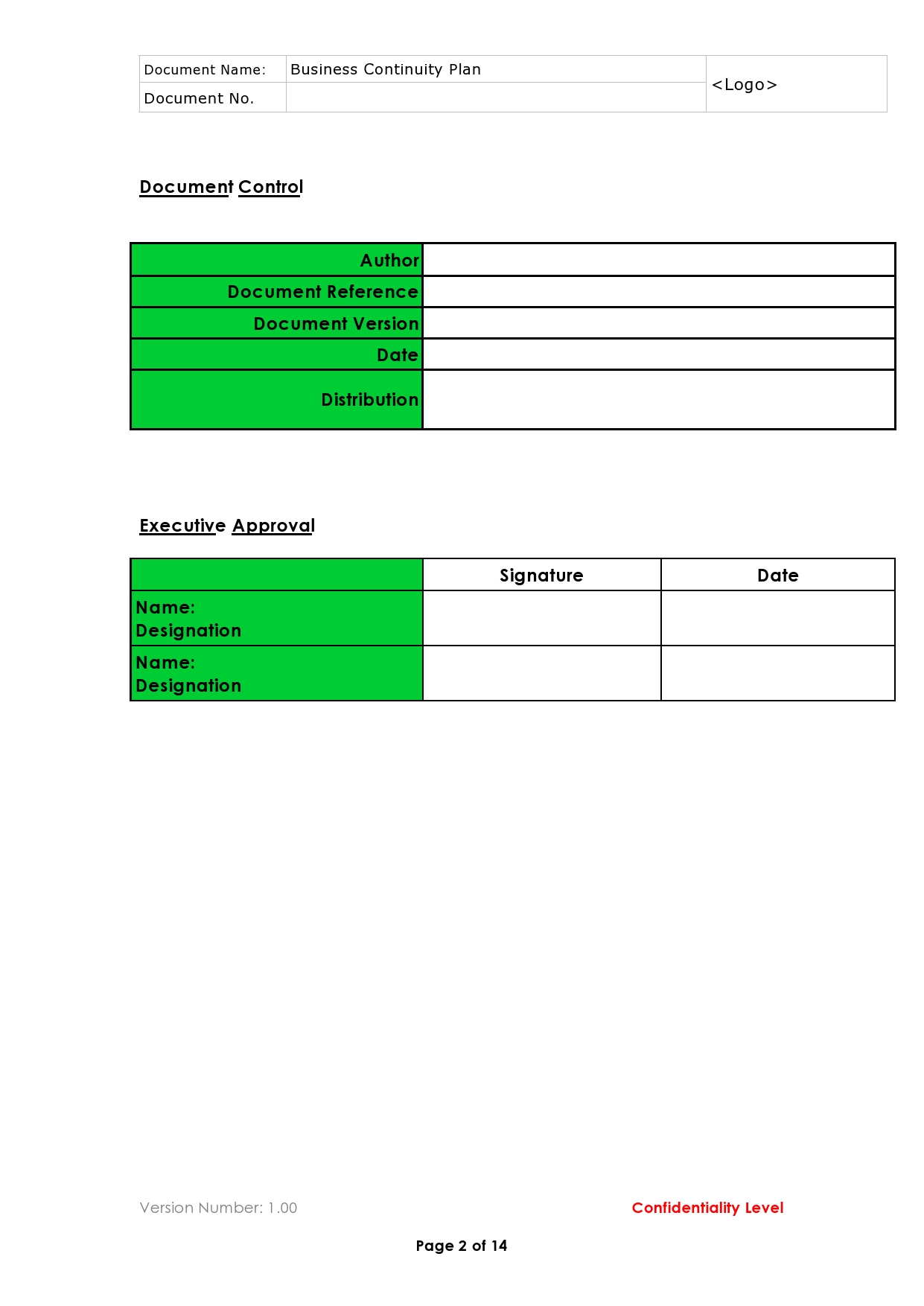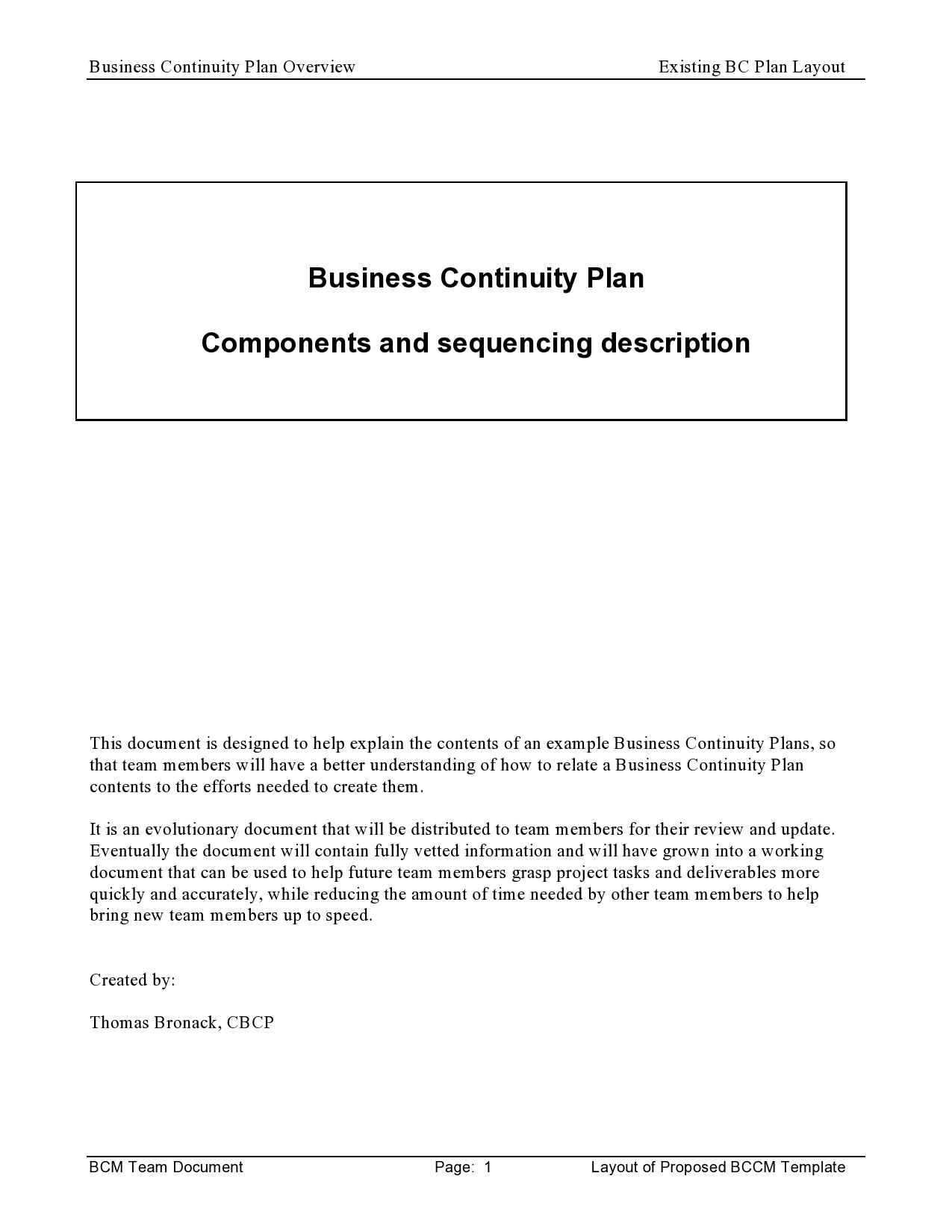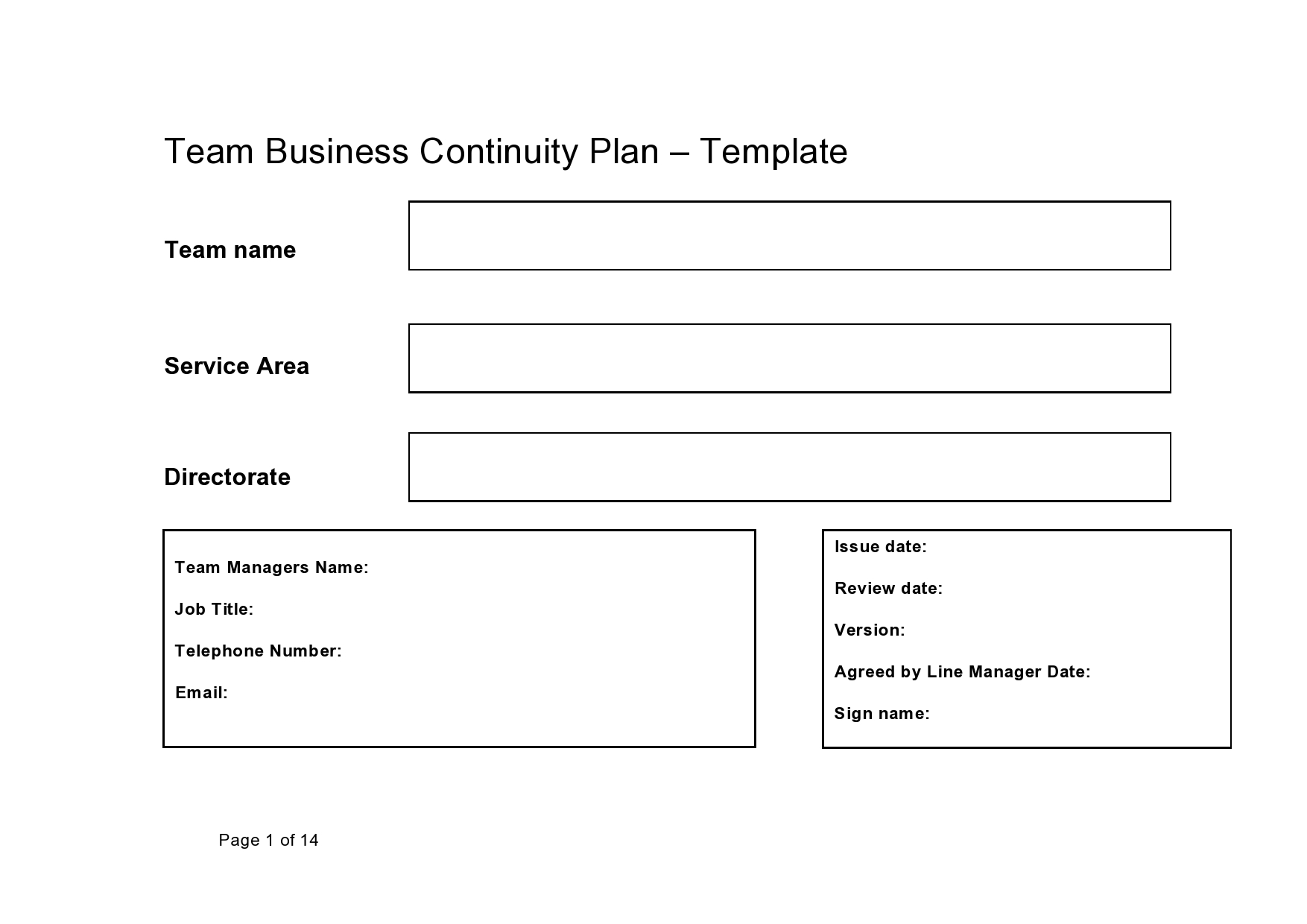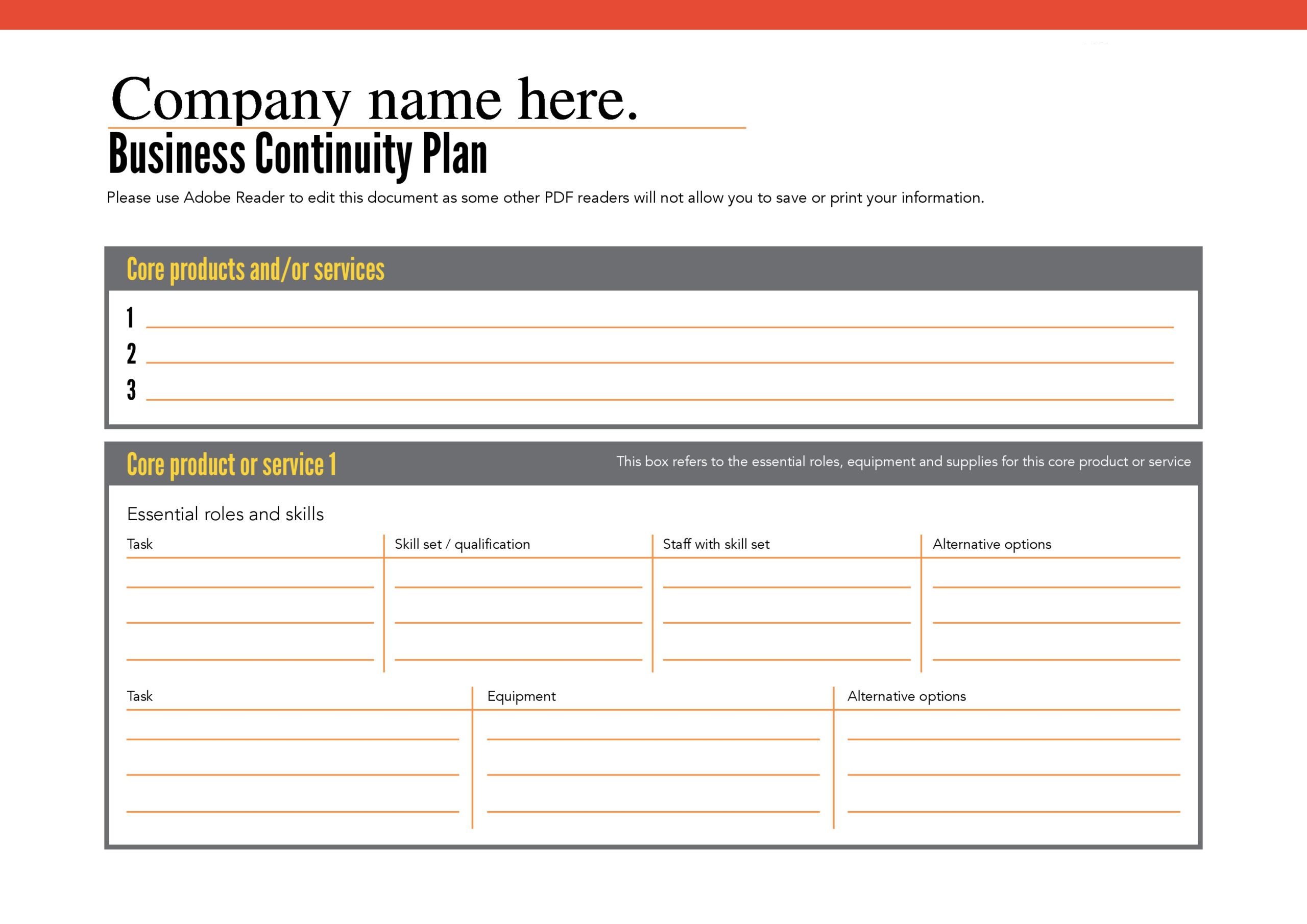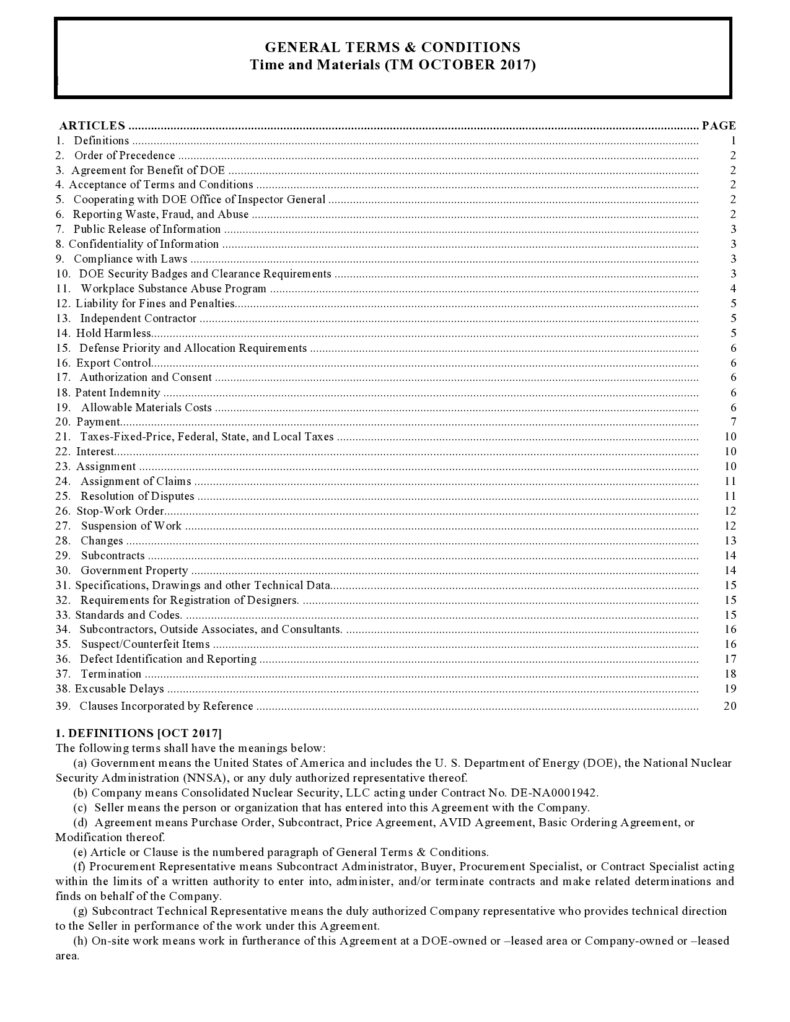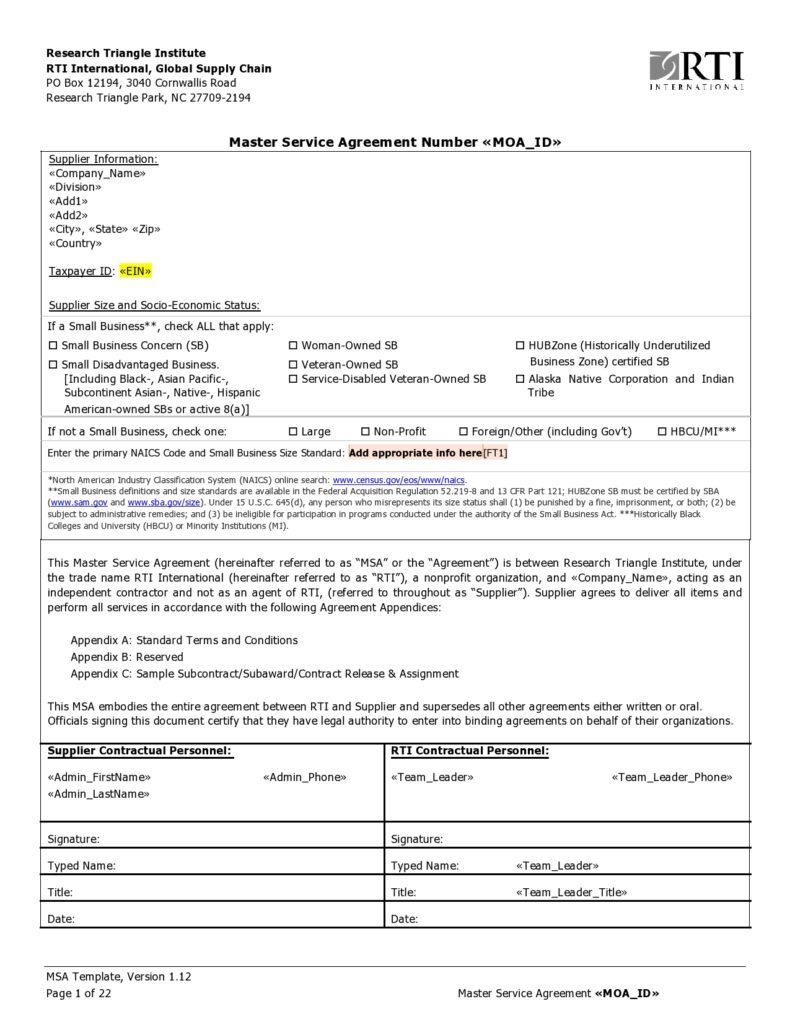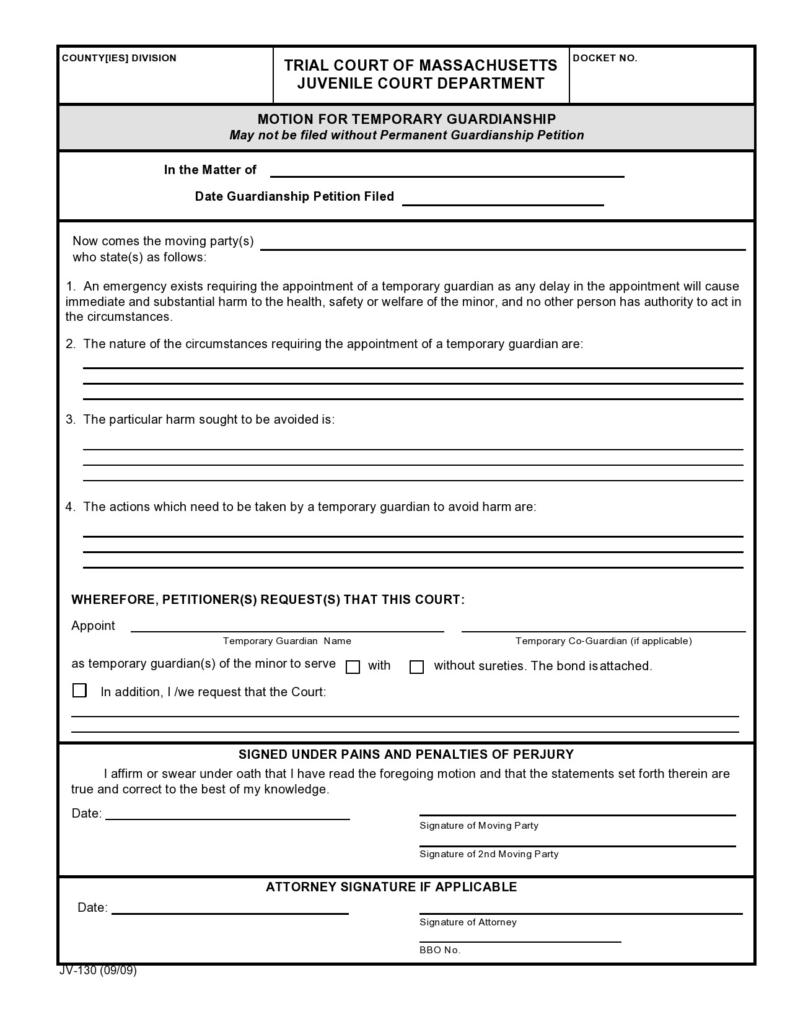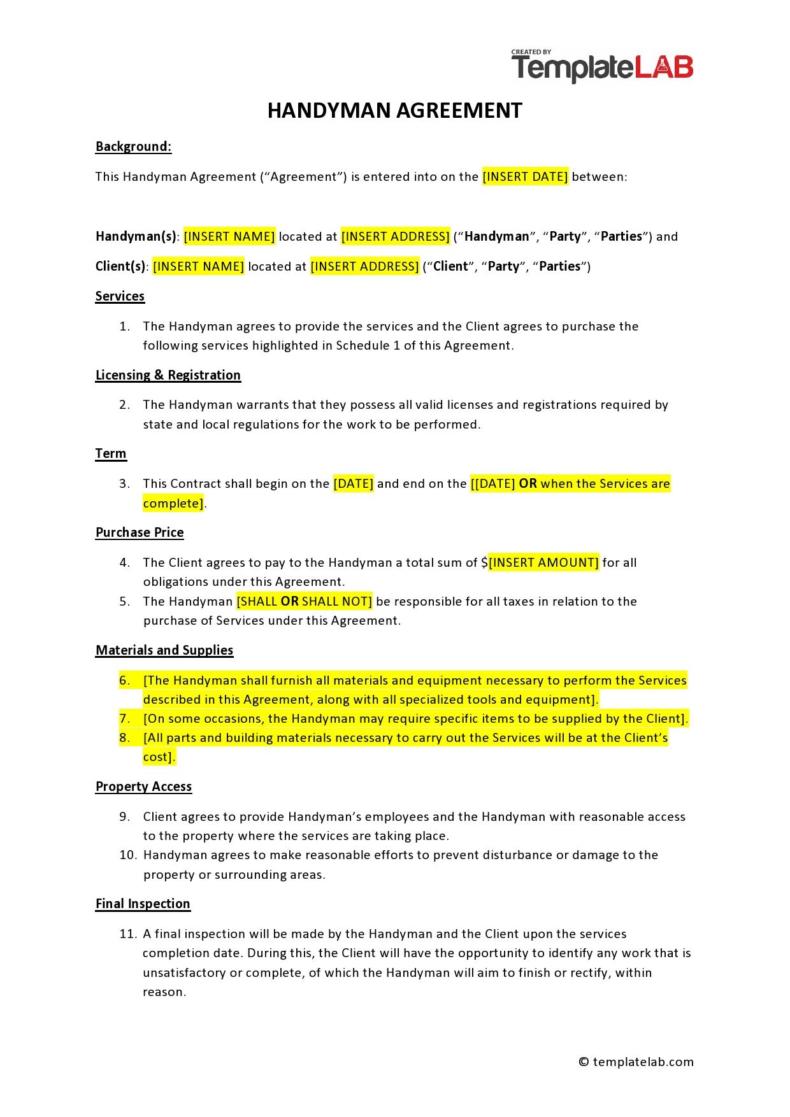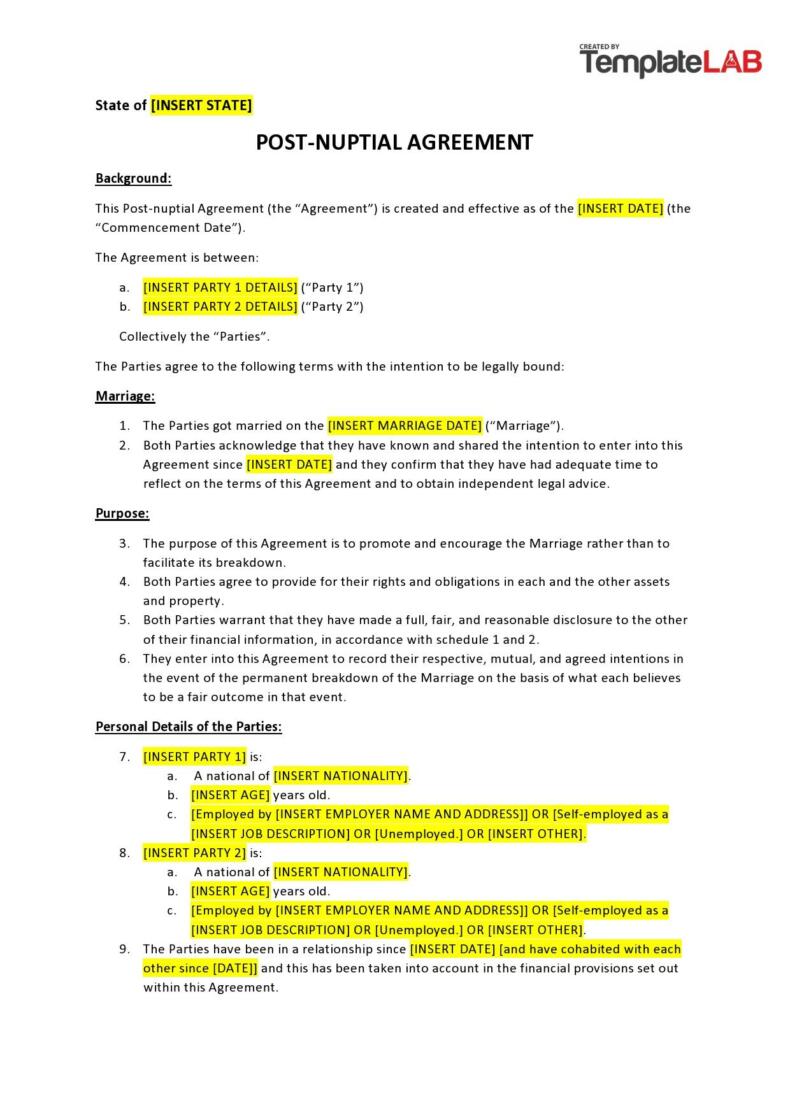Businesses are rarely owned and operated by a single proprietor. Most businesses have many partners or owners whose assets are tied up in the business. This means that any problem related to the welfare of the business can impact many people. When a business suffers during a disaster or some kind of unexpected problem that threatens its continued existence, a business continuity plan is needed to help guide the recovery process.
Businesses always have business continuity plans in place to protect against confusion when things like floods, fires, or natural disasters negatively impact the ability of the business to continue to operate. Social disasters and problems can also cause a need for a business continuity policy to ensure that the business survives.
Table of Contents
- 1 Business Continuity Plan Templates
- 2 What is a Business Continuity Plan?
- 3 Business Continuity Plan Examples
- 4 How Do You Write a Business Continuity Plan?
- 5 Business Continuity Plan Samples
- 6 What Are the Seven Components of a Business Continuity Plan?
- 7 BCP Templates
- 8 Common Reasons for the Use of a Business Continuity Plan
- 9 Business Continuity Plans Are Critical to Business Success
Business Continuity Plan Templates
What is a Business Continuity Plan?
A business continuity plan sets forth your organization’s plans that are put in place to help deal with a disaster. These plans might involve the process by which business is resumed if there is an interruption in provided services or operational function. Your BCP will also help to reduce downtimes and lost revenue. Asset protection and human resources issues, as well as business partner roles during and after a disaster, can also be outlined in this business continuity plan.
When you are using a template to help design the plan that all the business owners will agree upon and put in place, you need to be sure that you think about all of the details that should be included in the agreement. This is one of the business documents that many people lean on an attorney or legal expert to look at once it is drafted and before it is put into effect. The more objective and expert opinions you have about the details of your BCP, the more likely it is that you will create a truly effective business document.
Business Continuity Plan Examples
How Do You Write a Business Continuity Plan?
Using the right business continuity plan template can be critical to creating the proper foundation for your business continuity planning. The more that you know about the process of creating a business continuity plan template, the better off you will be if there is ever a reason that you should need to lean on this document for your business’ continued operations.
There are some steps that you should follow when you are making your business continuity plan template. These steps will help ensure that you do not miss any important details during the planning stage of this essential document. These steps will ensure that you have thought of all of the details and have included the relevant and necessary information in your plan.
Leaving any of the stages of the business continuity plan to chance is never a good idea. There are always a lot of things going on when a business is in crisis, and no one single owner should have to make unilateral decisions for the whole group that runs the company. You will want the guesswork to be completely removed from the emergency process so that there are no bottlenecks or additional setbacks beyond the original emergency.
Make sure that you take care of the basic components of your business continuity plan so that you will have the best results when you use it in a true emergency situation.
Business Continuity Plan Samples
What Are the Seven Components of a Business Continuity Plan?
- Purpose of the Plan Itself. You will want to be sure that you know what the scope and intended effect of the business continuity plan will be. Do you want to get back to normal operations, or is your BCP only relevant when you are trying to change the nature of the business itself in response to ongoing distress or disaster without relief? There are many different reasons that you might want to utilize this plan, and knowing its purpose is critical to making sure that you are writing a plan that will serve your needs.
- Identify Key Business Areas in Your Plan. When a disaster has taken place, it can be impossible to get back to normal right away. You will need to make sure that you identify the most critical aspects of your business so that they can be the focal point of efforts to keep things on track after a bad spell. You will need to make sure that the most critical parts of your business get the maximum attention to help ensure that your business maintenance efforts will be focused on the right things during this time of crisis.
- Define a Crisis Team. Your crisis team will essentially be comprised of the people who will be in charge during and after an emergency or disaster. There needs to be no doubt about who these people are and who will be in charge of the major decisions that will need to be made. There might also need to be people that are tasked with very specific roles related to your unique business needs at this time.
The crisis team should be called out by job role and name as well as by title. This will make it easy for anyone who needs to know who to contact to find the right responsible party during the emergency and the recovery phase. You will also need to be sure that the people who are part of the crisis team know what their roles are and are able to be available when a situation like this arises. - Create a Communication Plan. Communication during a crisis is one of the most critical aspects of resolving the situation and getting business back on track. You will need to be sure that there is a fallback plan if normal communications are not available. You will want to be sure that you have thought about situations where no email or no phone calls might be possible. You will also need to make information about how to handle customer ordering and fulfillment or other needs that are typically done via computer.
You could draft some sample emergency messages and information releases for the press in advance as well to be sure that you can keep your customers and other business partners up to date on your status during times when regular communications are down. - Recovery or Relocation Plans. If the emergency that has taken place is a natural disaster that leads to your teams needing to relocate to a safe location, the information about this process needs to be included in your business continuity plan template. This can be one of the most difficult parts of the process of salvaging business operations in times of strife, and you should not leave this to chance. Companies that operate in areas where social conflict and wars are common almost always have a detailed recovery and relocation plan to help protect business processes if there should be a need to relocate for safety.
- Review and Test Your Plan of Action. You should make sure that all of the parties involved in approving this plan have signed off on it and have reviewed the steps that are listed in the document. You might have already tested the operational plan that is set forth in the document you are creating, but if you have not, this should be done as well. You need to be sure that your business continuity plan will really work when push comes to shove. If you have more than one kind of business continuity plan in place, all of these different plans need to be checked out for operational soundness before being put in place.
- Deactivation of the Plan and Return to Normal Operations. All business continuity plans need to include information about when the continuity plan can be deactivated and how this process should be done. This will ensure that the company processes can go back to normal and that emergency efforts can be ended for the time being. Making sure that this stage of the process is clear is just as important as making a plan to change business operations in response to an emergency.
BCP Templates
Common Reasons for the Use of a Business Continuity Plan
These are the most common reasons that businesses have to use their business continuity plans to keep things on track during and after an emergency event. While these events are more likely in some parts of the world than others, there is never any reason not to have a business continuity plan in place for your company. You should always prepare for the worst and hope for the best when you think about potential emergency situations that could impact smooth daily business operations. You do not want to leave your company high and dry when an emergency comes to pass because there is no plan in place.
Make sure as well that everyone who needs to execute your business continuity plan knows their role and that you practice stages of the process if necessary. The better prepared you are for this kind of event to occur, the more likely it will be that your business will come out of an emergency or disaster situation in one piece.
Common reasons for the use of a business continuity plan:
- Fire
- Flooding
- Cyberattacks
- Tornados
- Hurricanes
- Major storms
- Earthquake
- IT or major internet disruption
In the case of IT concerns and cyberattacks, you also need to have a segment of your business continuity plan that deals with a situation where company data has been lost or stolen. This act can sometimes lead to your business being shut down for a very long period of time, which can be very difficult to recover from. There need to be concrete plans in your business continuity template that help handle such difficult situations that lead to a prolonged time period where your business is unable to engage with customers or to work on projects. Situations like ransomware and major data breaches can lead to your company being shut down for weeks or even months in some cases.
While this kind of event might not impact employee safety like a natural disaster, it can be quite complicated to maintain business operations during this kind of challenge and even harder to get back to business as usual after the fact. The better your BCP is for this kind of situation, the better off your business will be in the recovery phase of the process related to an IT problem or cyberattack.
Business Continuity Plans Are Critical to Business Success
There are so many reasons why you need a business continuity plan to make sure that your company is safe and secure in times of strife and trouble. While you might never need to use your business continuity plan for anything during the time that you are managing a business, having this important document in place can make all the difference if something goes wrong that you did not expect. You will be much more likely to save your business in the event of an emergency or a disaster if you have a quality business continuity plan template in place for your company’s needs.
These documents need to be meticulously arranged and tested to make sure that the plans that they suggest will work when your business is operating outside of normal working conditions. You also need to be sure that you have thought of all of the various parts of the plan carefully so that you are not forgetting critical areas of focus that might need to be called out to help save your business when a disaster happens. The more clearly your business continuity plan is laid out, the better off your business will be when a true emergency happens.

